Intellectual Property: Registration and Effects
by: Adv. Kishan Dutt Kalaskar 2023-03-30 16:34:46

by: Adv. Kishan Dutt Kalaskar 2023-03-30 16:34:46

by: Adv. Kishan Dutt Kalaskar 2023-03-30 16:20:33

by: Adv. Kishan Dutt Kalaskar 2023-02-28 18:47:16

by: Adv. Kishan Dutt Kalaskar 2023-02-28 18:10:41

by: Adv. Kishan Dutt Kalaskar 2023-02-03 22:32:13
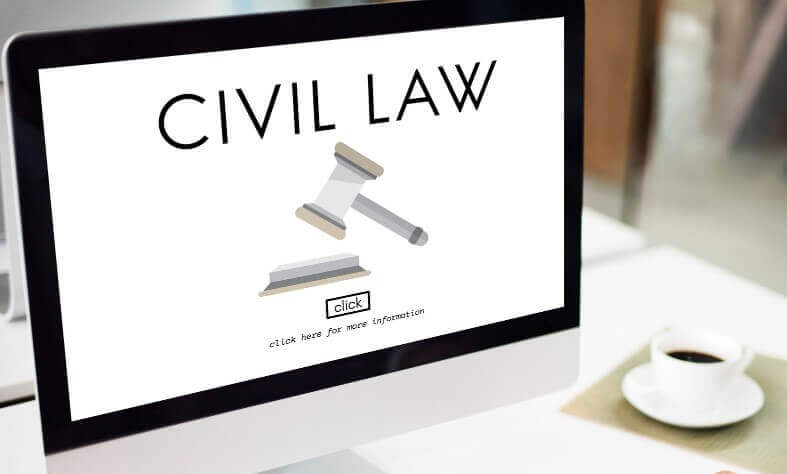
by: Admin 2023-02-01 16:45:35

Intellectual Property: Registration and Effects

Clearance to get a Passport and Visa during the pendency of Criminal Cases

Summary of the Payment and Settlement System Act, 2007

Procedure to track court cases online

Key Features of Union Budget 2023

Top 10 reasons to hire a Civil Lawyer

5 Benefits Of Hiring A Business Lawyer When Starting Your Company

Top 5 Reasons Why You Should Consult A Banking Lawyer

10 Things to Consider Before Hiring an Accident Lawyer

Payment Recovery Process

Analyzing legal and security issues in cyber contracts (E - contracts)

Discharging and Quashing in Criminal Cases

Legal compliances for online shopping sites in India
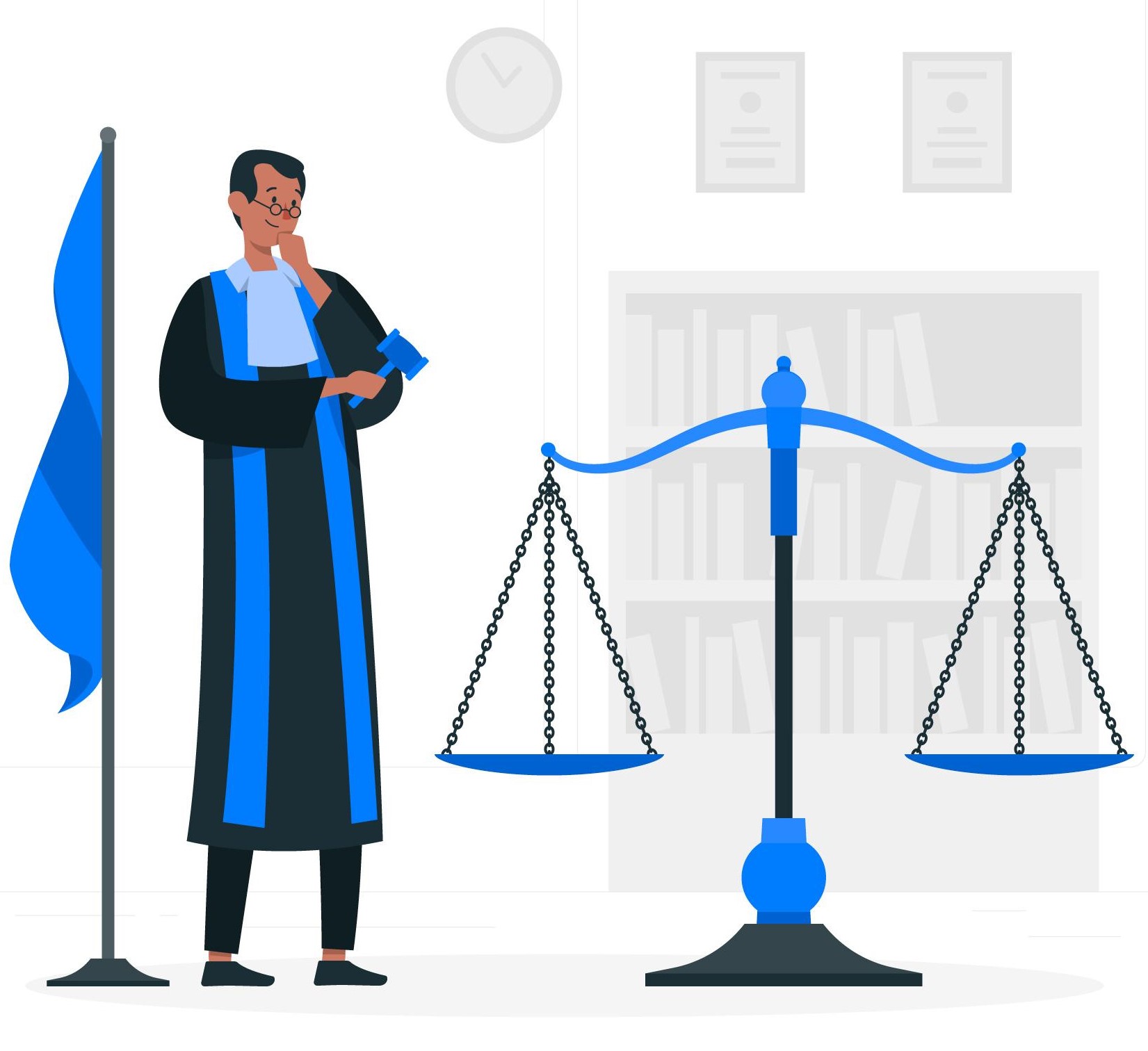
How to select a Lawyer
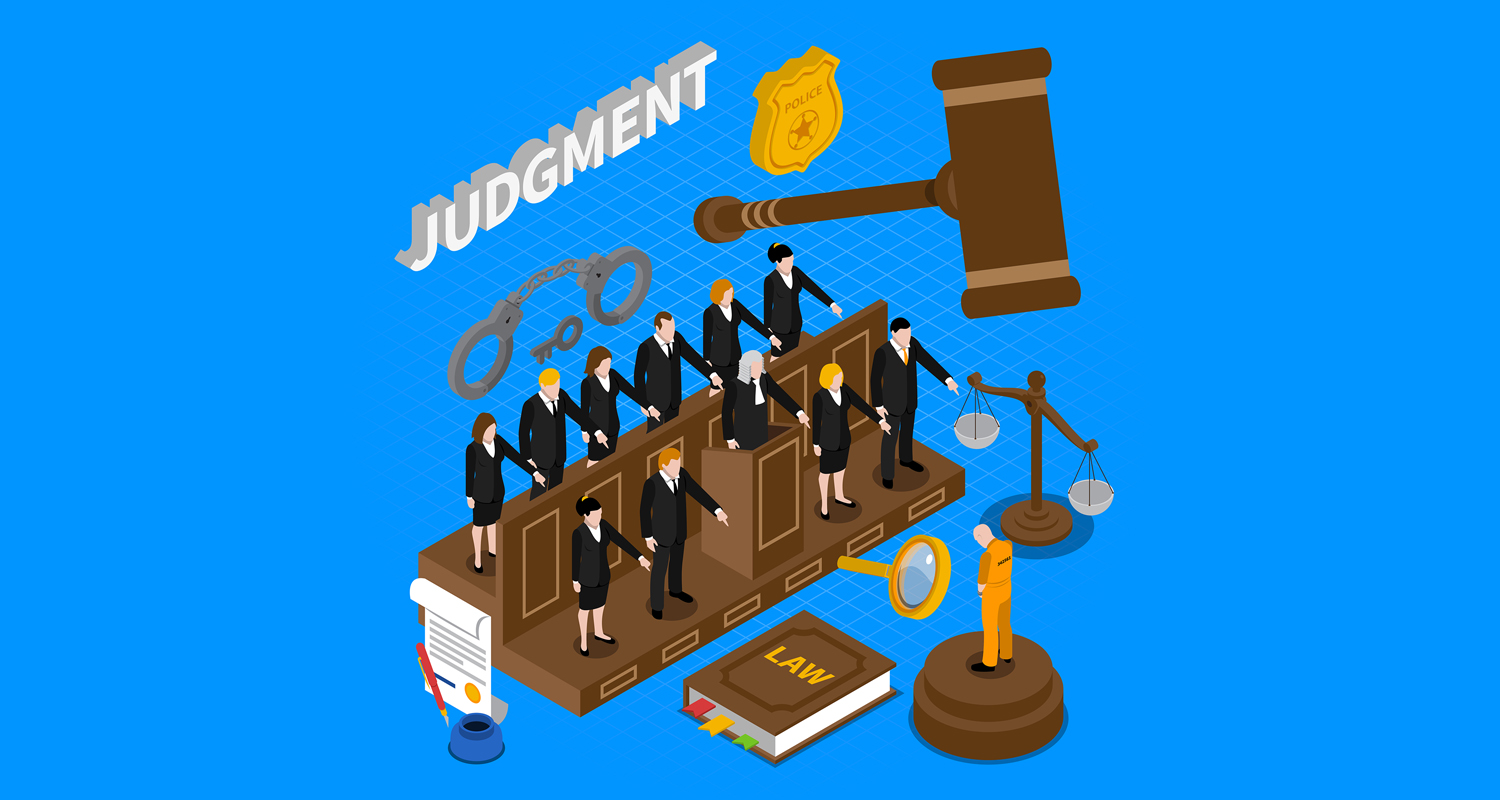
Supreme Court Judgments 2022

Maternity Benefit Act 1961, at a Glance

Modes of Recording Accepted by Court

Essential elements of a sale under the Transfer of Property Act

Compensation in Motor Vehicle Accident Cases
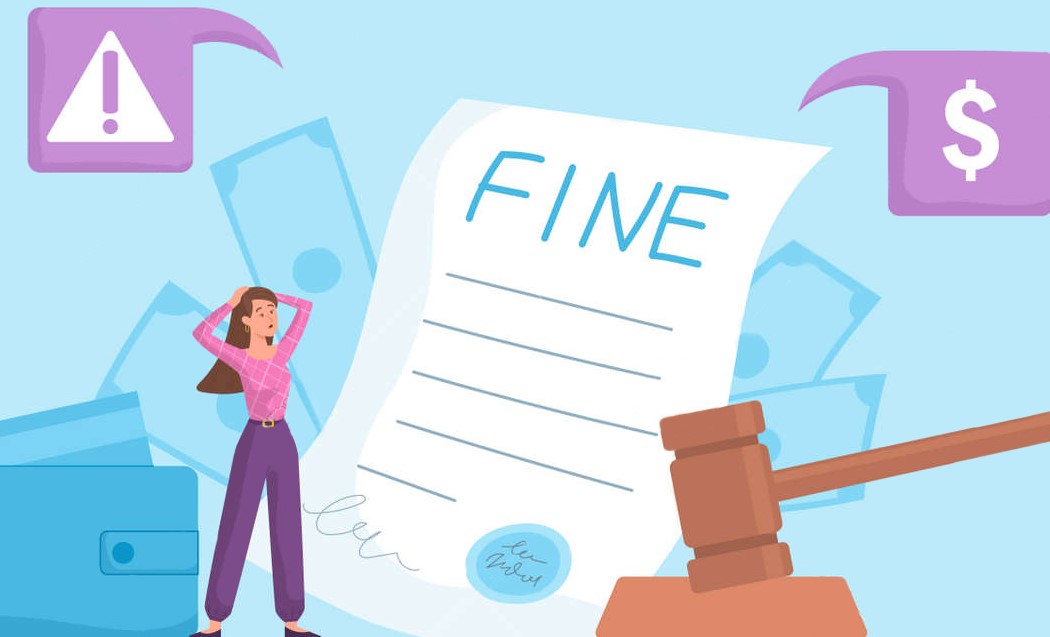
Is it important to respond to a summon?

Analysis of Section 18 of Limitation Act, 1963

Fresh period of Limitation

The breakdown of the doctrine of Res-Judicat

Impact Of Supreme Court Ruling

Analysis of Employees Provident Fund and Miscellaneous Provisions Act

How is 'BLACK MAGIC' governed in India

Different Identities of an NDA
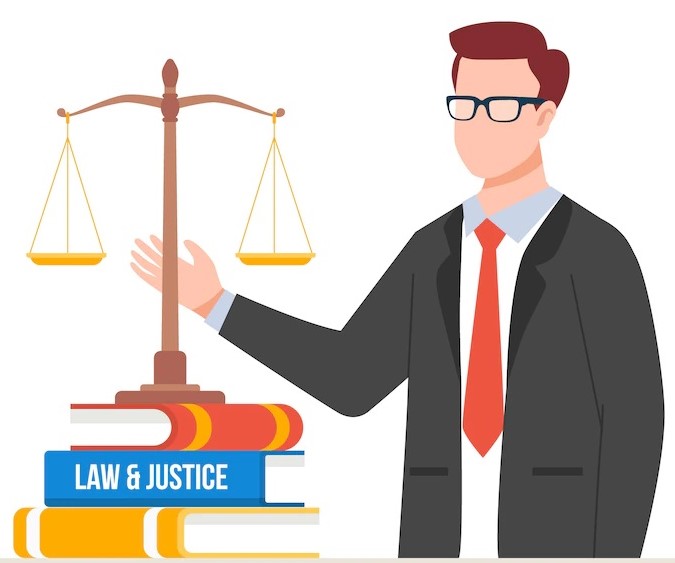
Breaking down the requirements of becoming a Public Prosecutor in India.

Mohan Breweries & Distilleries V/s Commercial Tax officer, Madras

Kavita Kanwar Vs. Mrs Pamela Mehta & Ors
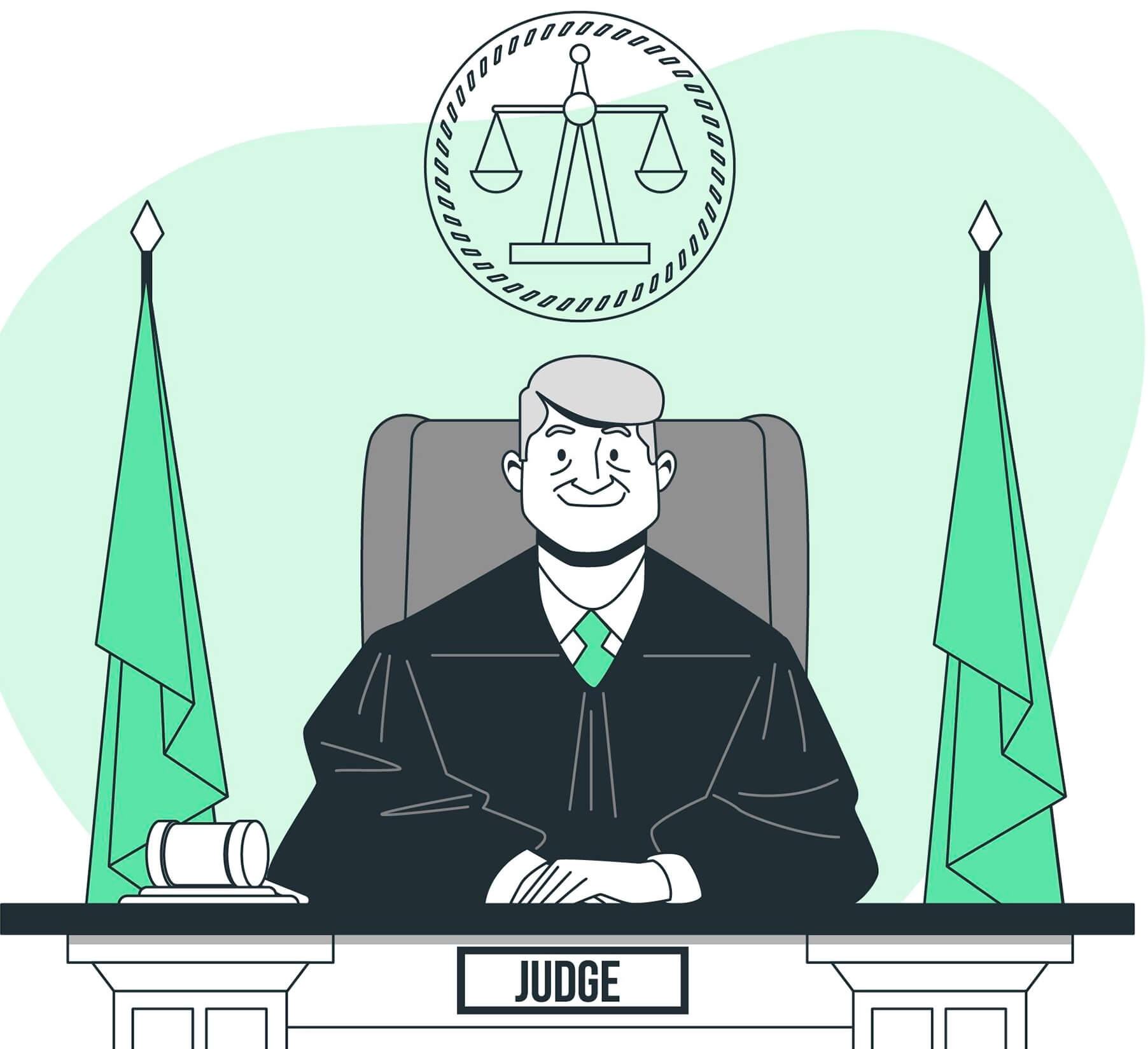
Entry into Judiciary: Minimum required Qualifications

Law of Retrenchment

Grounds for refusal of a Trademark Application

Early disposal of pending cases by the High Court

Parminder Kaur V/s State of Punjab

Central Bank of India V/s M/S Maruti Acetylene Co. Ltd.

Goan Real Estate and Construction Ltd. And Anr. V/s Union of India

Raj Kumar V/s Ajay Kumar

Synopsis of the Special Marriage Act in India

Lok Adalat has no jurisdiction to decide a matter on Merits

Significance of a Police Clearance Certificate in a pending Accident Case

Understanding the Digital Rupee

Eligibility of Teachers for Gratuity under the Payment of Gratuity Act, 1972

Dr. M. Kocher V/s Ispita Seal

Smt. Seema Kumar V/s Ashwin Kumar

Leo Francis Xaviour V/s The Principal, Karunya Institute

Nazir Mohamed V/s J. Kamala and Ors.

Addissery Raghavan V/s Cheruvalath Krishnadasan

Himalaya House Co. Ltd. Bombay V/s Chief Controlling Revenue

K. Sivaram V/s P. Satishkmar

Basir Ahmed Sisodia V/s The Income Tax Officer

Burden of Proof

Interest for delayed Payment under Payment of Gratuity Act, 1972 - Need for Change?

How to file a complaint in regards to violation of Cyber Laws

Delayed Justice from Consumer Courts

Can a registered Will be challenged in the Indian Court?
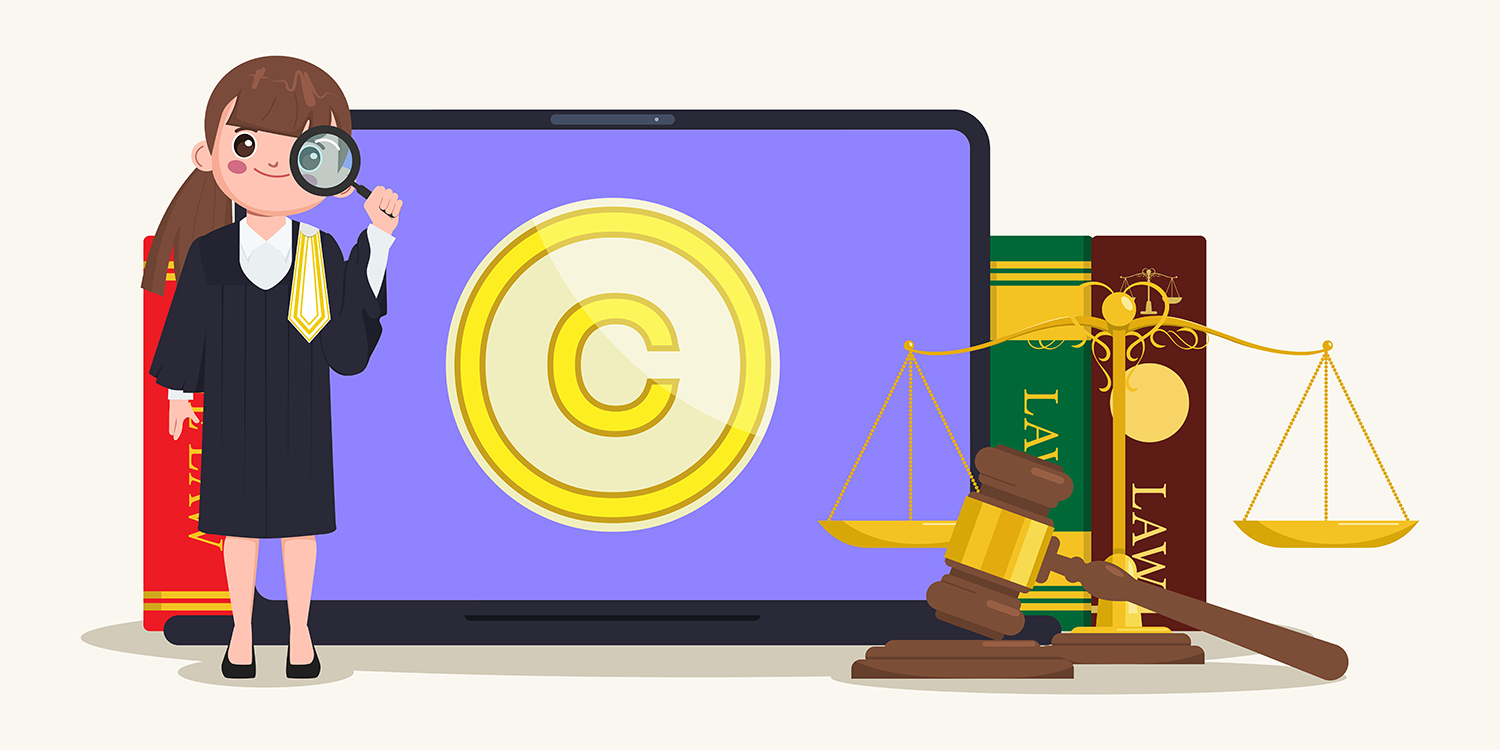
Trademark Infringement - Triple identity test in Trademark

Blockchain Technology in India – II

Manish V/s Nidhi Kakkar

Withdrawal of Mutual Divorce Proceedings

Blockchain Technology in India - I

Unnatural Offences

Surendra Kumar Bhilawe V/s The New India Assurance Company

Seat Vs Venue of Arbitration

D. Velusamy V/s D. Patchaimmal

Standard from of Contract - Legal or Illegal?

Life Insurance Corporation of India V/s Mukesh Poonamchand Shah

MSME Debt Recovery Provisions

Neelam Gupta Vs Mahipal Sharan Gupta

Analysis of Section 11A of Industrial Dispute Act, 1947.

Time Limits & Procedure to approach HC in Civil Cases

The necessity of Gender-Neutral laws in India

Sou. Sandhya Manoj Wankhade V/s Manoj Bhimrao Wankhade

Plea of Adjustment

Filing of Complaints against biased Judges

G. Raj Mallaih and Anr. V/s State of Andhra Pradesh

Zee Entertainment Enterprise Ltd. V/s Suresh Production

Chief Administrator of Huda &Anr. v/s Shakuntala Devi

Permanent Child Custody

Dilution of the statutory protection available to MSMEs

Validity of an Unregistered Sale Agreement

Ambalal Sarabhai Enterprise v/s Ks Infraspace LLP

False and misleading advertisements in India

National Legal Service Authority v/s Union of India and Others

Recovery Procedure in Cheque Bounce Cases

Roxann Sharma V/s Arun Sharma

Ganesh Santa Ram Sirur V/s State Bank of India &Anr.

Recovery Procedure of Consumer Court Cases

Bank Guarantee
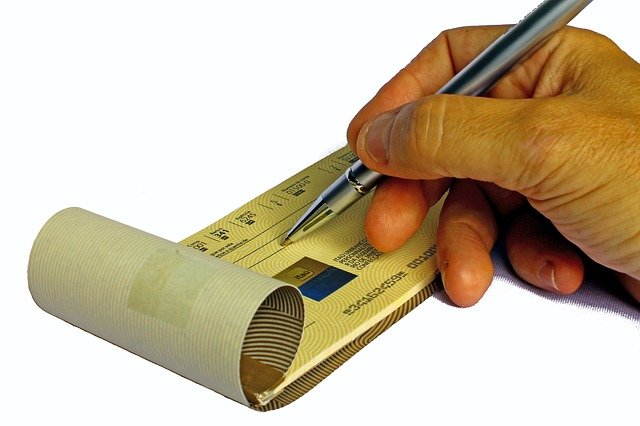
M/s M.M.T.C Ltd. & Anr v/s M/s Medchl Chemical & Pharma P

Shailendra Swarup V/s Enforcement Directorate, The Deputy

SunitaTokas v/s New India Insurance Ltd.

Can couples get separated without a divorce?
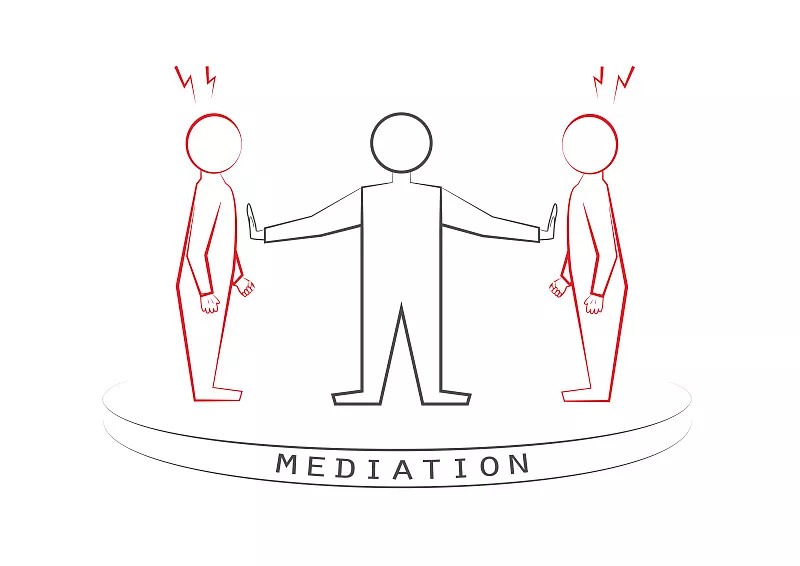
Scope of Arbitration in India

Appointment of Arbitrators

NRIs right to purchase Property in India
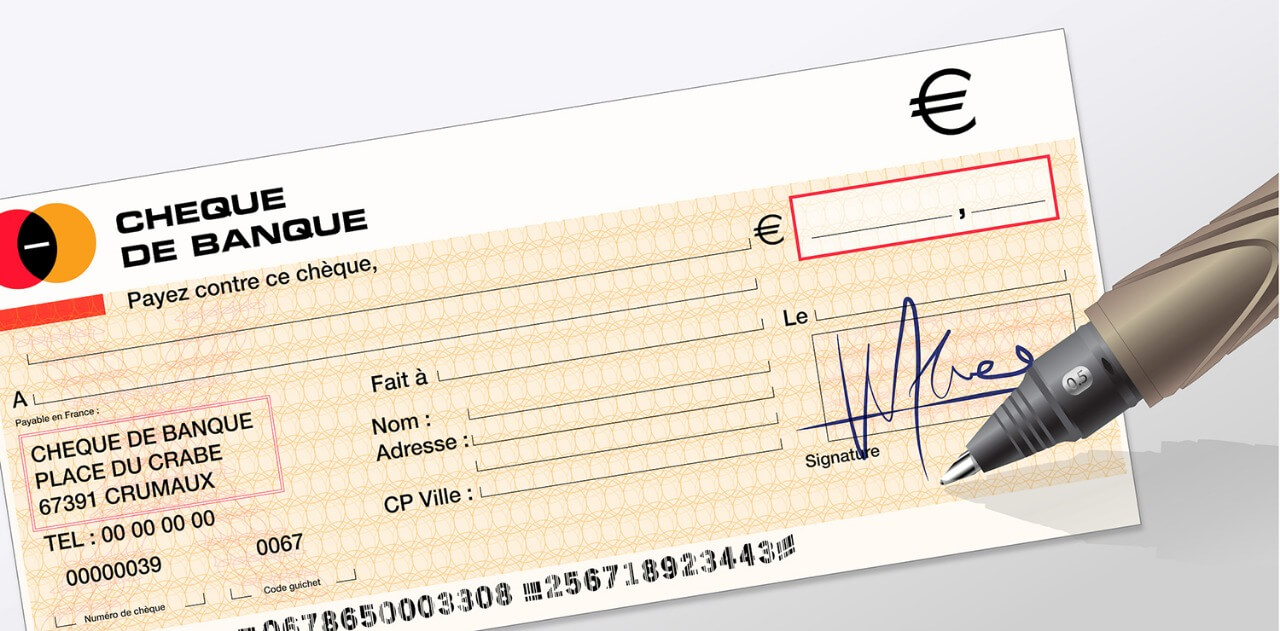
Decriminalization of Dishonour of Cheques: a measure contradictory to its purpose

Paternity leave in India

Regulation of Cryptocurrency in India

How can litigants list their cases online?

Validity of Narco-Analysis in India

Remedies against frivolous cases registered against students by the Police

Procedures involved in a Criminal Trial

Procedured Involved in a Family Court Case
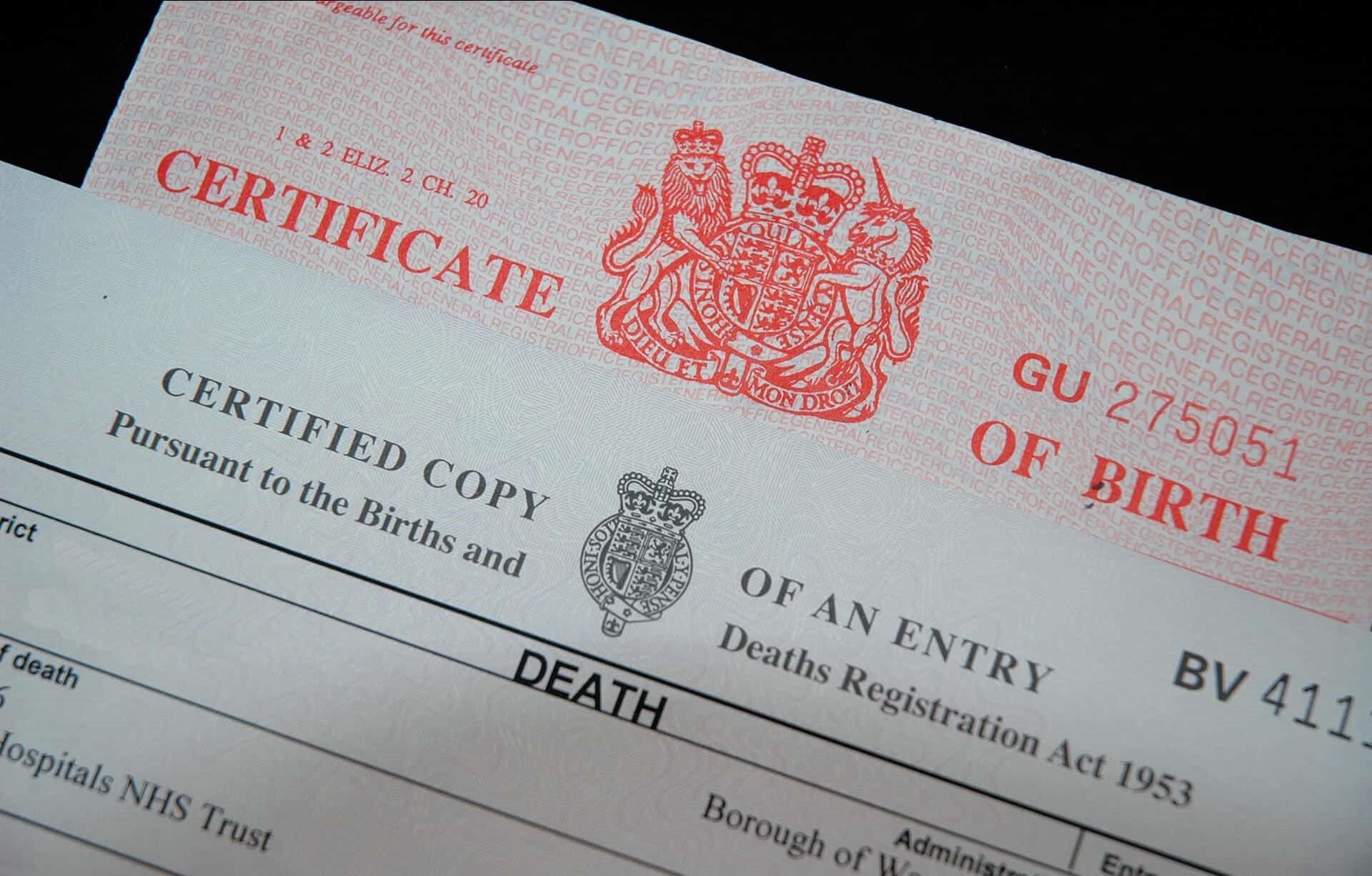
Death Certificate of a missing Person

Accountability of Police

Highlight of important Dishonour of Cheque case laws in 2020

Guidelines to be followed by Registered Medical Practitioners to dispense medicines

Land Mark Judgements on Family Law for the Year 2020

Remedies against harassment by Recovery Agents

Abetment to Suicide

Overview of the Vehicle Scrappage Policy

Rights of husbands in dowry and cruelty-based complaints

Admissibility of E-evidence; Are WhatsApp chats and E-mails admissible in Court?

Triloki Nath Singh V/s Anirudh Singh

Milmet Oftho & Ors. V/s Allergan Inc.

Director of Income Tax II (International Taxation) V/s M/s Samsung Heavy Industries Co. Ltd.

M/s ExL Careers V/s Frankfinn Aviation Services Pvt. Ltd.

The Maharashtra State Cooperative Bank Ltd V/s Babulal Lade & Ors.

Constitutionality of Bandhs

State of Himachal Pradesh V/s A parent of a student of a Medical College & Ors.

Rathnamma & Ors. V/s Sujathamma & Ors.

Ravinder Kaur Grewal V/s Manjit Kaur

Ficus Pax Pvt. Ltd. V/s Union of Indian & Ors.

Commissioner of Income Tax V/s Chandra Sekhar

Analysis of Section 41-A of CRPC, 1973

Judgment: Indian Bank V/s Abs Marine Product Pvt. Ltd.
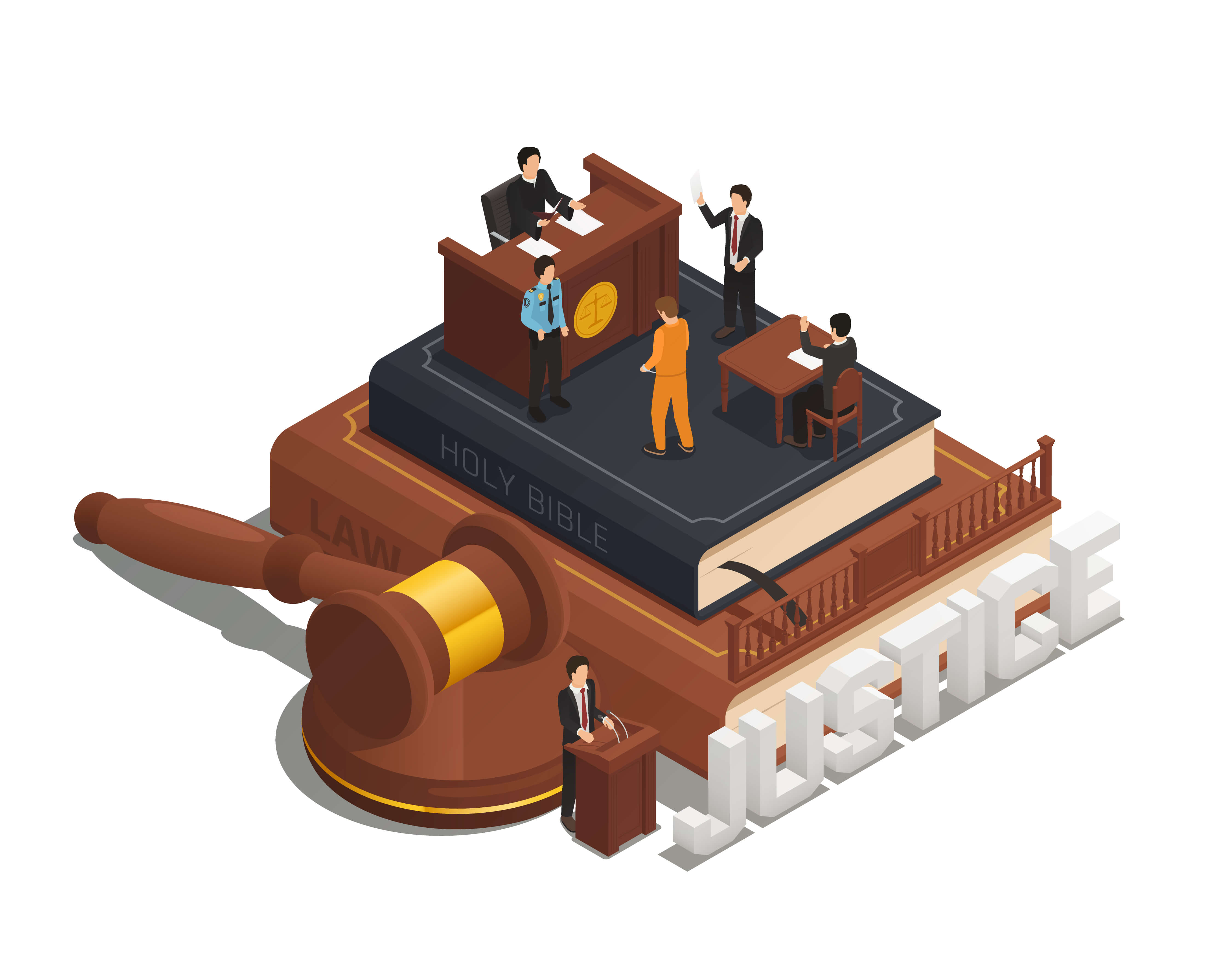
Kailas & Ors. V/s State of Maharashtra

Sukhedu Das Vs Rita Mukherjee

Witness to a Will

National Insurance Co. Ltd V/s Hindustan Safety Glass Works

Mahalakshmi V/s Bala Venkatram (d) through LR & Anr.

Kajal V/s Jagdish Chand
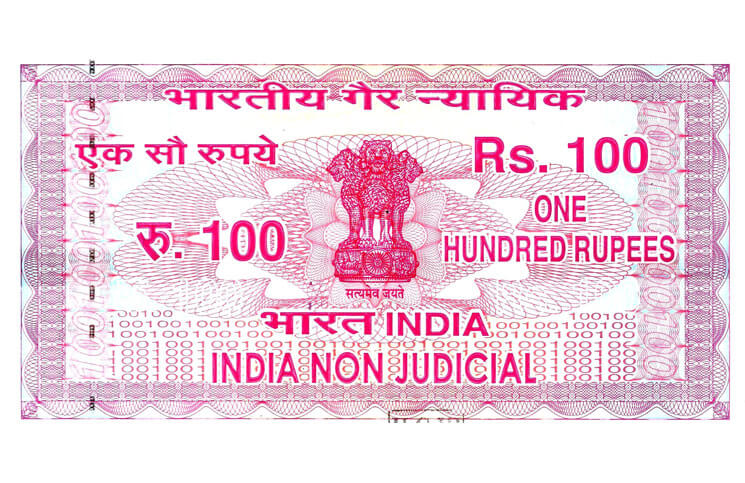
Shyamal Kumar V/s Sushil Kumar Agarwal

NRI's Power of Attorney

Megha Khandelwal V/s Rajat Khandelwal and Ors.

Is Registration Compulsory under Trademark and Copyright?

Md. Eqbal & Anrs. V/s State of Jharkhand

Types of Will

Employment Contract

Police Clearance Certificate

Validity of Crypto-Currency in India

A. Jayachandra V/s Aneelkaur

Points to be considered before filing an Income Tax Return

Union of India V/s N. K. Shrivasta

Startup under the Government Programme

The procedure for filing a complaint against a Lawyer

Types of Stamp Paper

Satvinder Singh V/s State of Bihar

Sexual Violence laws under the Indian Penal Code

Shreya Singhal V/s Union of India

Division of Assets

Shaleen Kabra V/s Shiwani Kabra

Types of Property

Vasant Kumar V/s Vijaykumari

Personal Injury - Damages

Adultery under the Indian Law
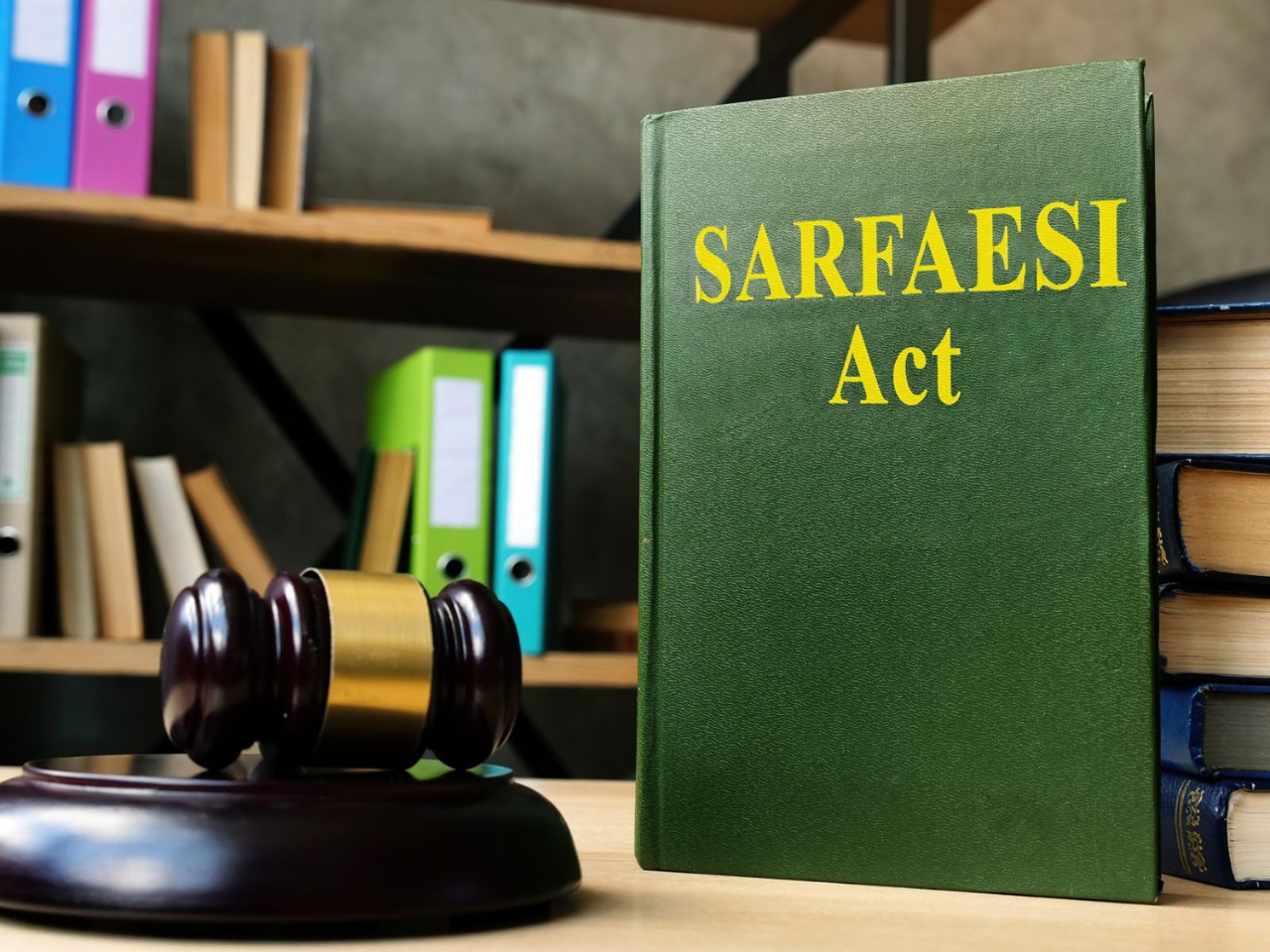
United Commercial Bank & Anr. V/s Deepak Debbarma & others

Intentional Wrongs

Vinay Kumar Mittal & Others V/s Deewan Housing Financial Corporation Limited

How to get a Marriage Certificate?

Mohammed Siddique Vs National Insurance Company Ltd

Pagdi System

The Bonus Act

Frivolous Complaints under the Sexual Harassment Act

Important Income Tax Return Forms and its Due Dates

Garden Leave

How can a Private Complaint be filed?
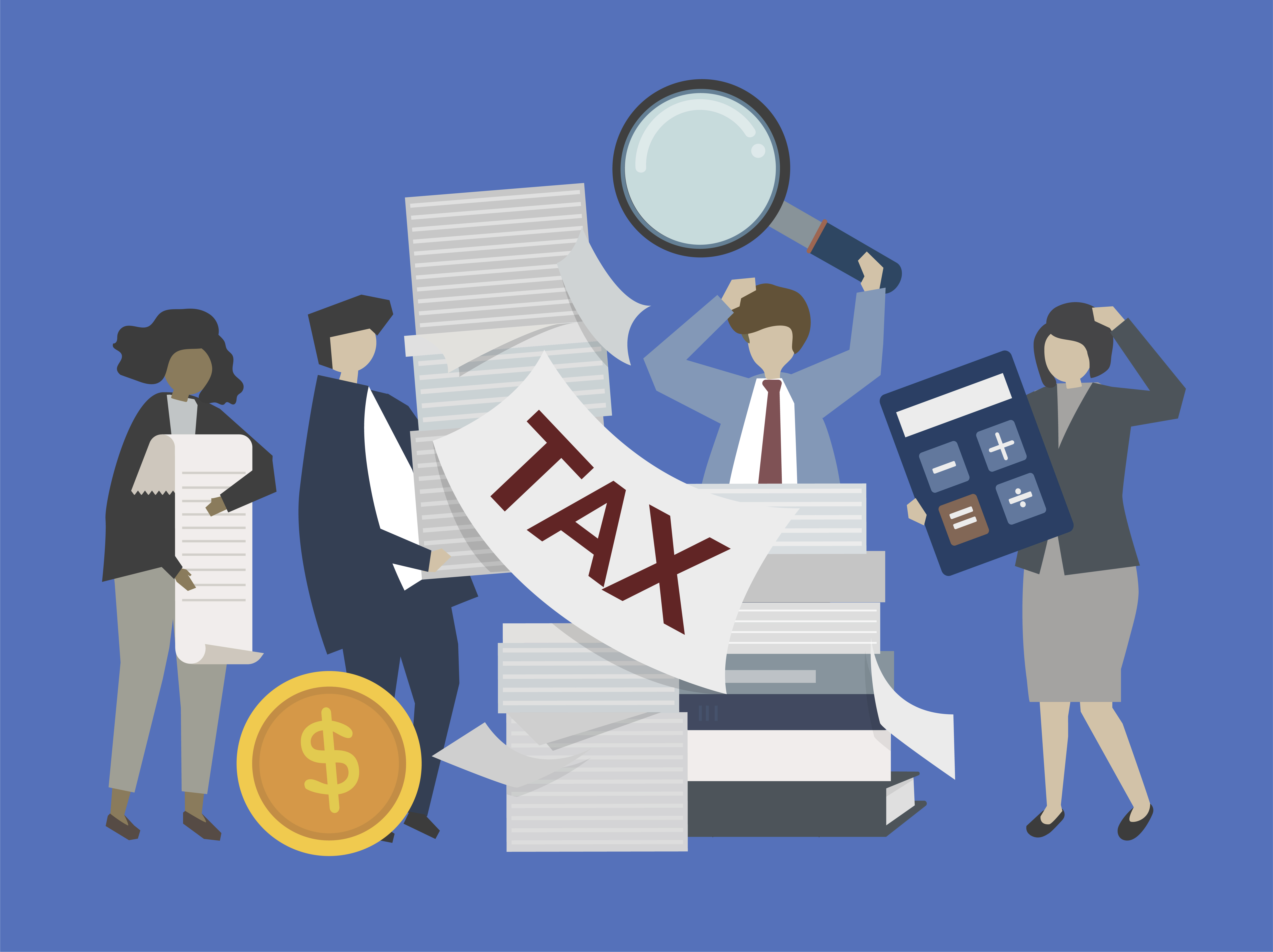
Key changes to Indian Tax Regulations

Employees Provident Fund
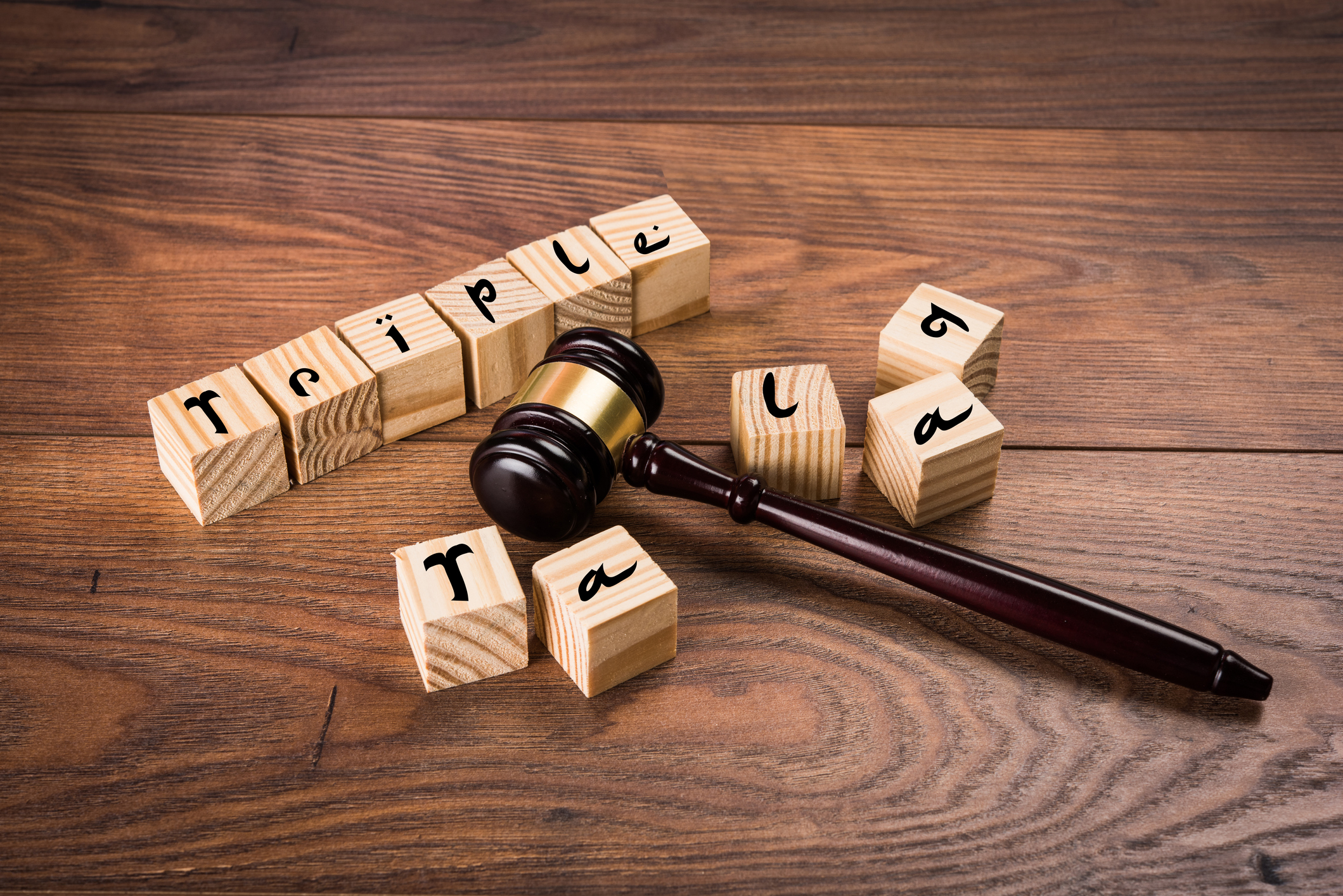
Status of Triple Talaq

Contract Farming & the new ordinances that affect the Farmers

Documents required for filing a Divorce

Section 138, 141 and 142 of the Negotiable Instrument Act 1881

Validity and Enforceability of Click-wrap Agreements

Child Custody under Christian and Parsi Law

Hindu Succession Act

Oppression and Mismanagement

Fraudulent and Invalid Contracts

Developments in Reserve Bank of India

Loan Frauds in India

Penalties associated with Driving

Laws governing a Knife

Medical Negligence and its Compensation

Interim Maintenance under the Domestic Violence Act

Shortcomings of the Consumer Protection Act, 2019

Tougher rules for the E-Commerce Industry

Difficulties faced by men in Family Courts

The consumer is the King in 2020

Illegal Termination of an Employee during Covid-19.

Child Labour Laws in times of Covid-19

Real Estate scenario Post Covid-19

Post Covid-19 Digital Shift of Legal practise

Mutual Consent Divorce through Video Conferencing

59 Chinese Apps banned in India
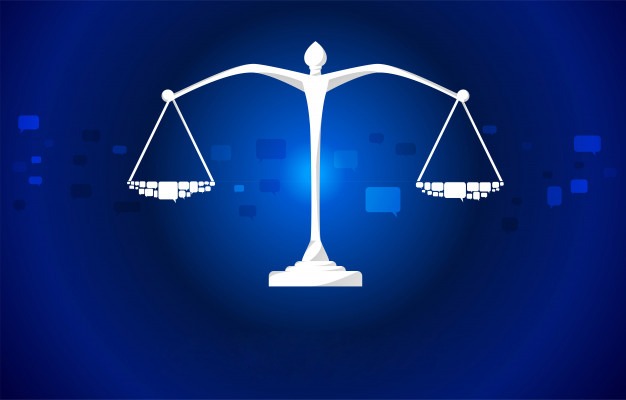
Litigants and the Lockdown - A Court Perspective

Anticipatory Bail for cases under section 498A of IPC

Brand Protection in times of Covid-19

Title Verification of Immovable Property
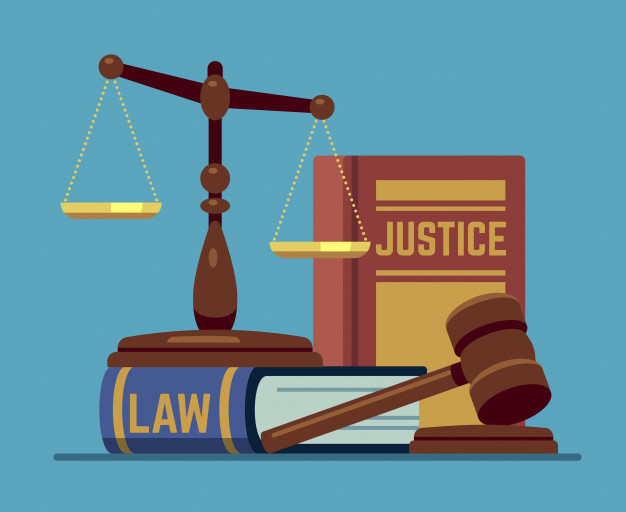
The Judiciary during the Pandemic

Termination of an Employee during Covid-19

Drafting of a Will

Criminal Medical Negligence in times of Covid-19

How does Covid-19 affect employers and employees?

Rent deference during the Pandemic

Post Covid-19 digital shift of legal practise

Police Interrogation

Prenuptial Agreements

Void and Voidable Contracts

The Negotiable Instrument Act 1881

Cheque Bounce Notice

Types of Dishonour of Cheques

Intestate Succession

The Stand of Essential Commodities

Trademark Cease and Desist Notice
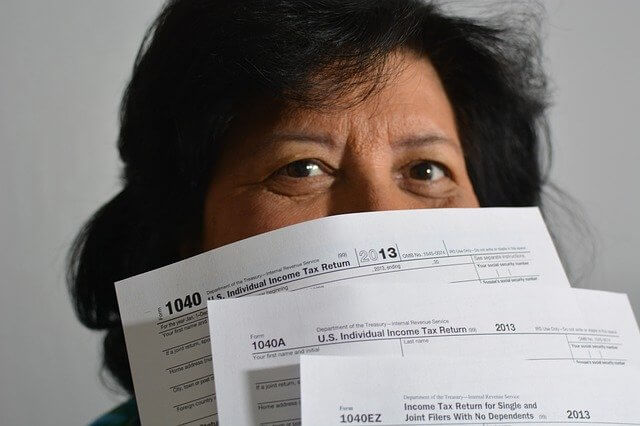
IT Department Notice

Eviction of a Tenant

Consumer Complaint Legal Notice

Medical Adherence to Environmental Laws
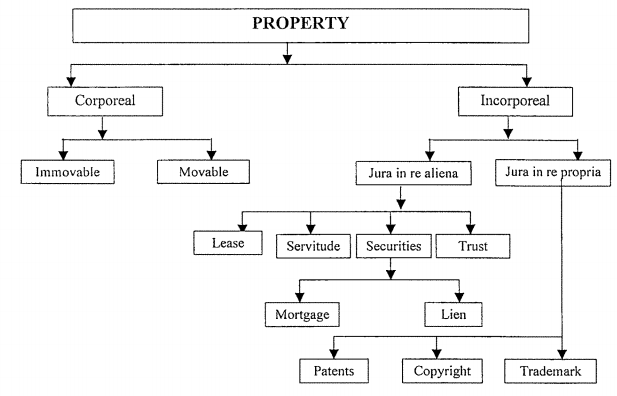
Basic Elements of Transfer of Property Act, 1882

Debt Recovery Notice
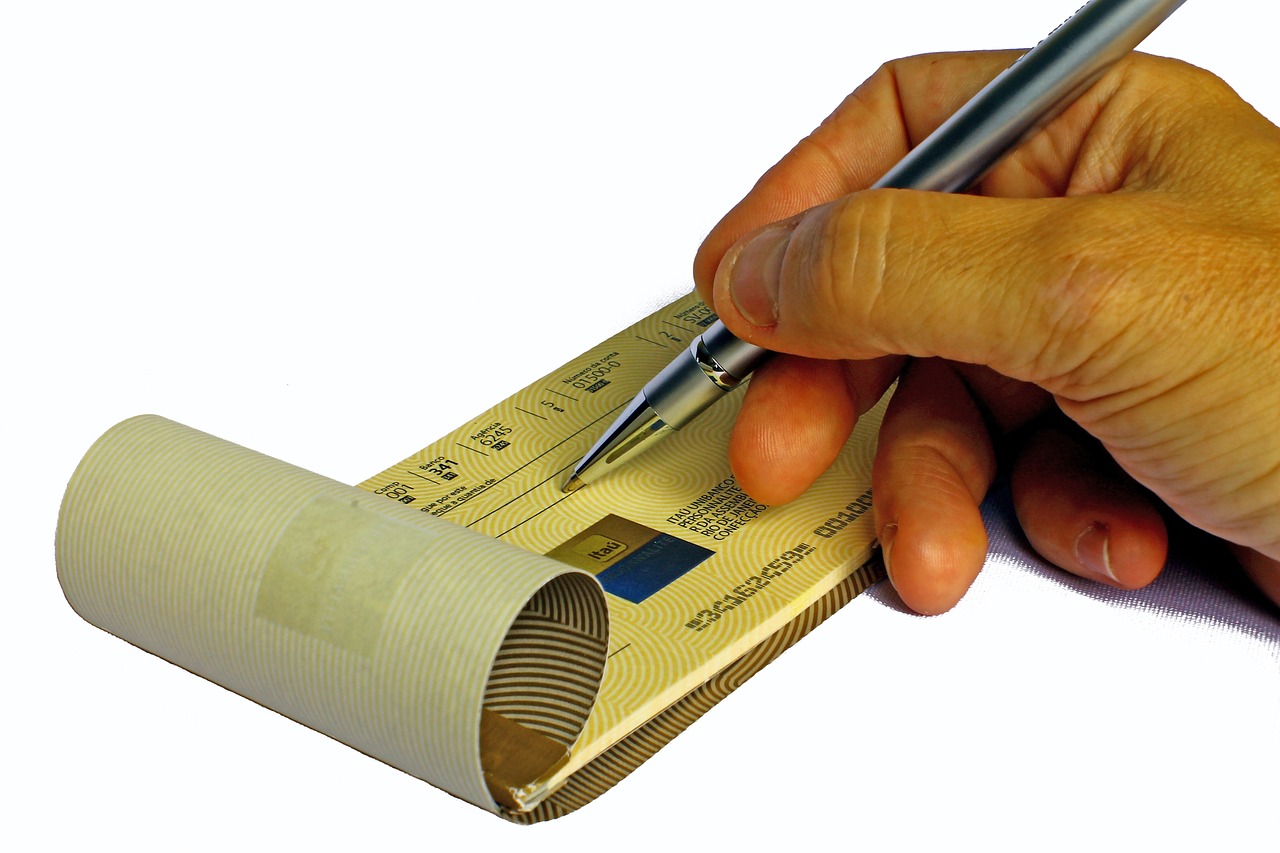
Cheque Bounce Notice

Hygiene maintenance in Hospitals and Clinics

Consequences of using a Fake Degree/Certificate

Healthcare Security
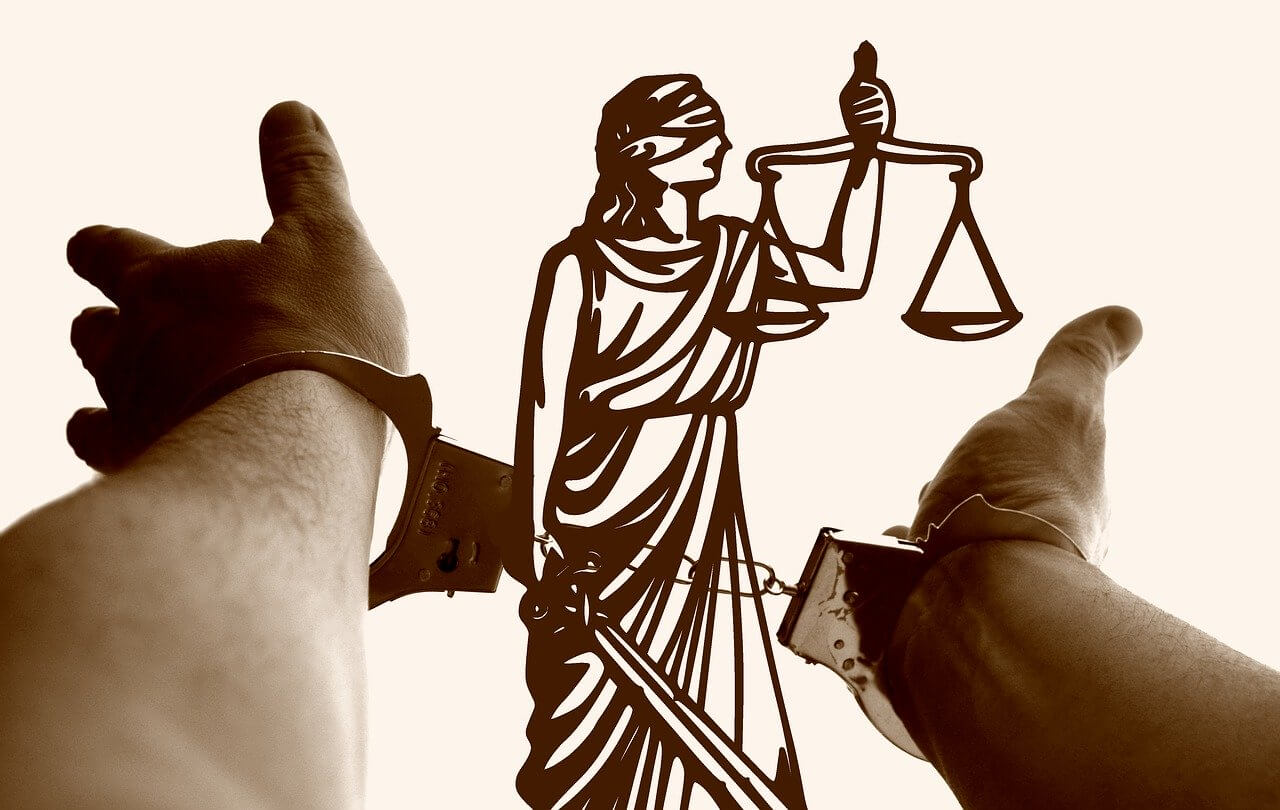
Rights of Doctors with respect to Medical Negligence

Importance of Consent

Faulty Machine Aids Medical Negligence

The Special Marriage Act, 1954
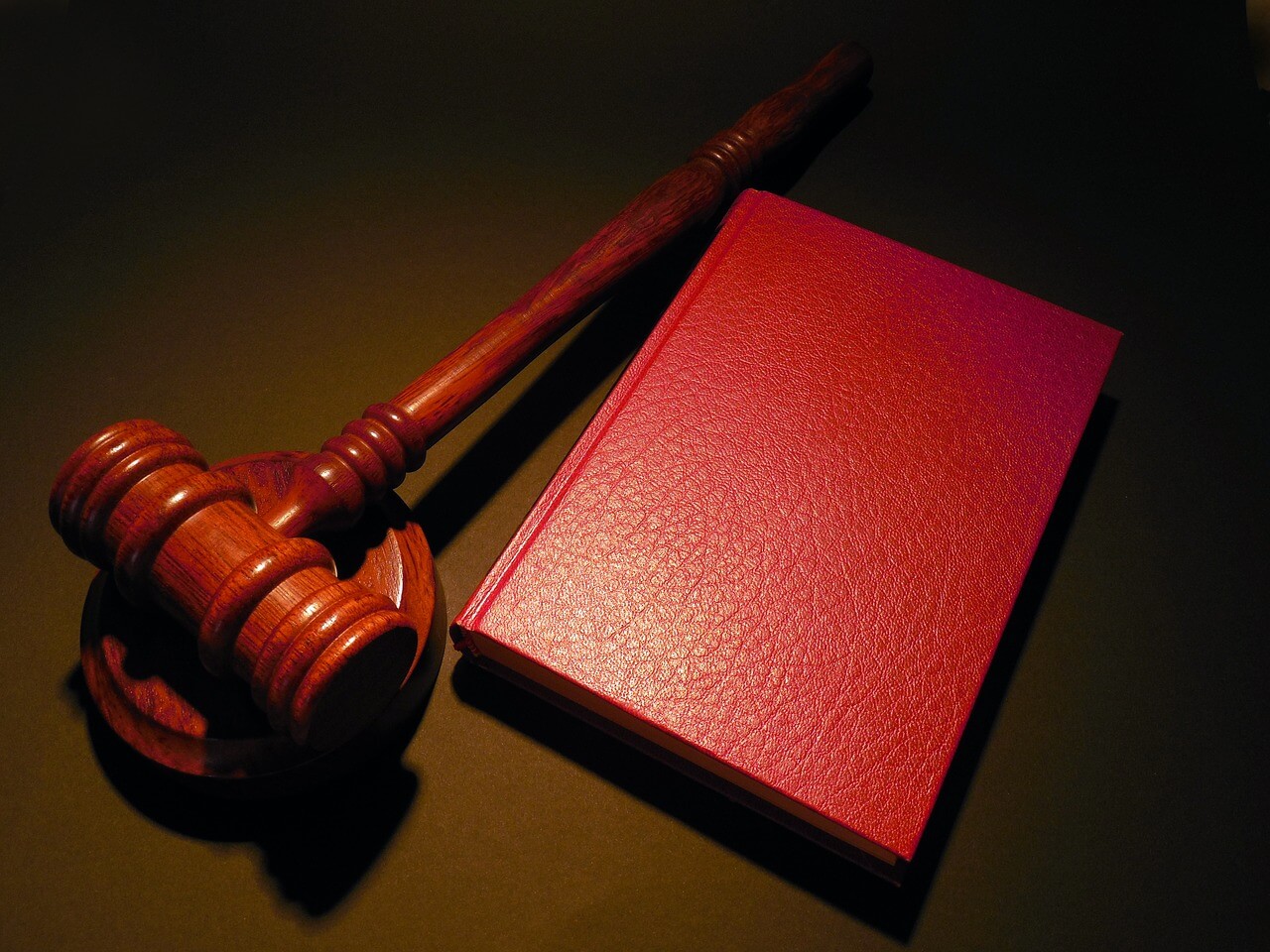
Top 2019 judgements by Supreme Court

National Medical Commission Act 2019

Money Laundering

Hindu Undivided Family (HUF)

Child Labour
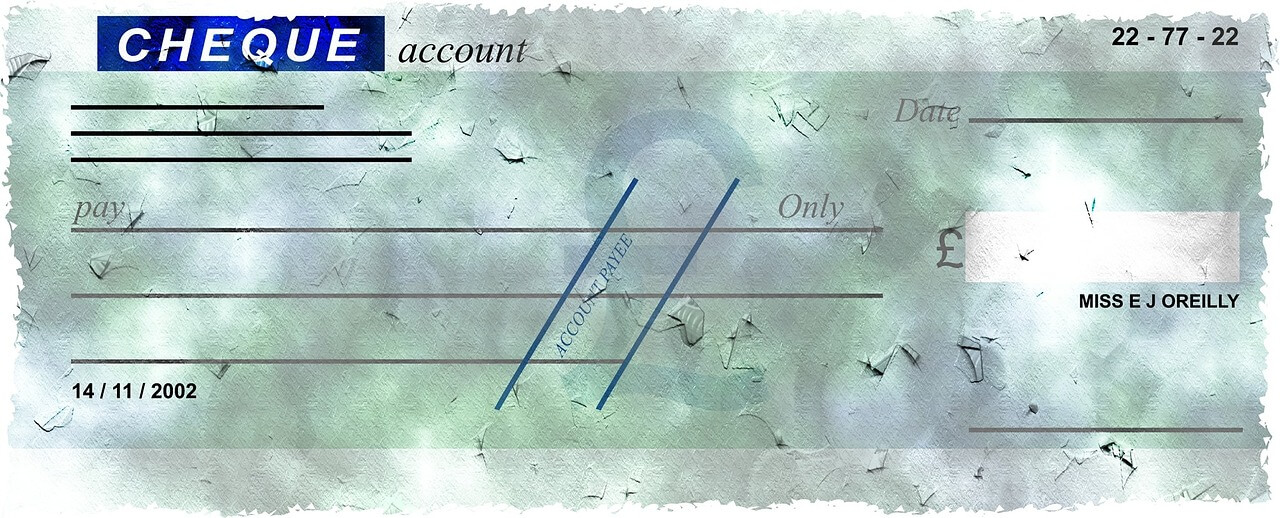
Endorsement under Negotiable Instrument Act

Quashing of an FIR

Annulment of Marriage

Probate

FAQ's on Trademark

EMI - Equated Monthly Installments

Legal mistakes made by the Start-Up

What is a Stamp Paper?

Sexual Abuse in Shelter Homes

Debt Recovery provisions under the SARFAESI Act

Effective ways to stop Ragging

Transfer of Property Act

Personal Injury Lawyers

Marriage Registration under the Special Marriage Act

Rights of Tenant

Classification of various Collar Jobs

Documents to be submitted for ITR Filing

Illegal Immigrants

Role of lawyers in Corporate Finance

Intestate Succession

Employment of White Collar Employment of White Collar

Domestic Violence

Power of Attorney

Dissolution of Marriage - Christian

Noting And Protest

Hostile Witness

Unfair Trade Practice

All you need to know: Drafting a Legal Notice

Fraudulent and unauthorized transactions at ATM

Is legal documentation important in medical practice?

Why do doctors need to be updated with medical negligence laws?

Personal Data Protection Bill, 2019

Jurisdiction of Consumer Redressal Forums

Does telephonic consultations amount to culpable negligence?

Consumer dispute Redressal Forum in dealing with Medical Negligence

Validity of Notices.

Response to a Legal Notice

Promotion of Medical Products.

Doctors' Bill: Prohibition of Violence & Damage to Property Bill, 2019.

Why less Indemnity cover is risky for Doctors?

Procedure for filing a Notice in India

Format of Legal Notices in India

Citizenship Amendment Act, 2019

Demerger

Legal framework for the Elimination of violence against Women in India

International Day for the Elimination of violence against Women
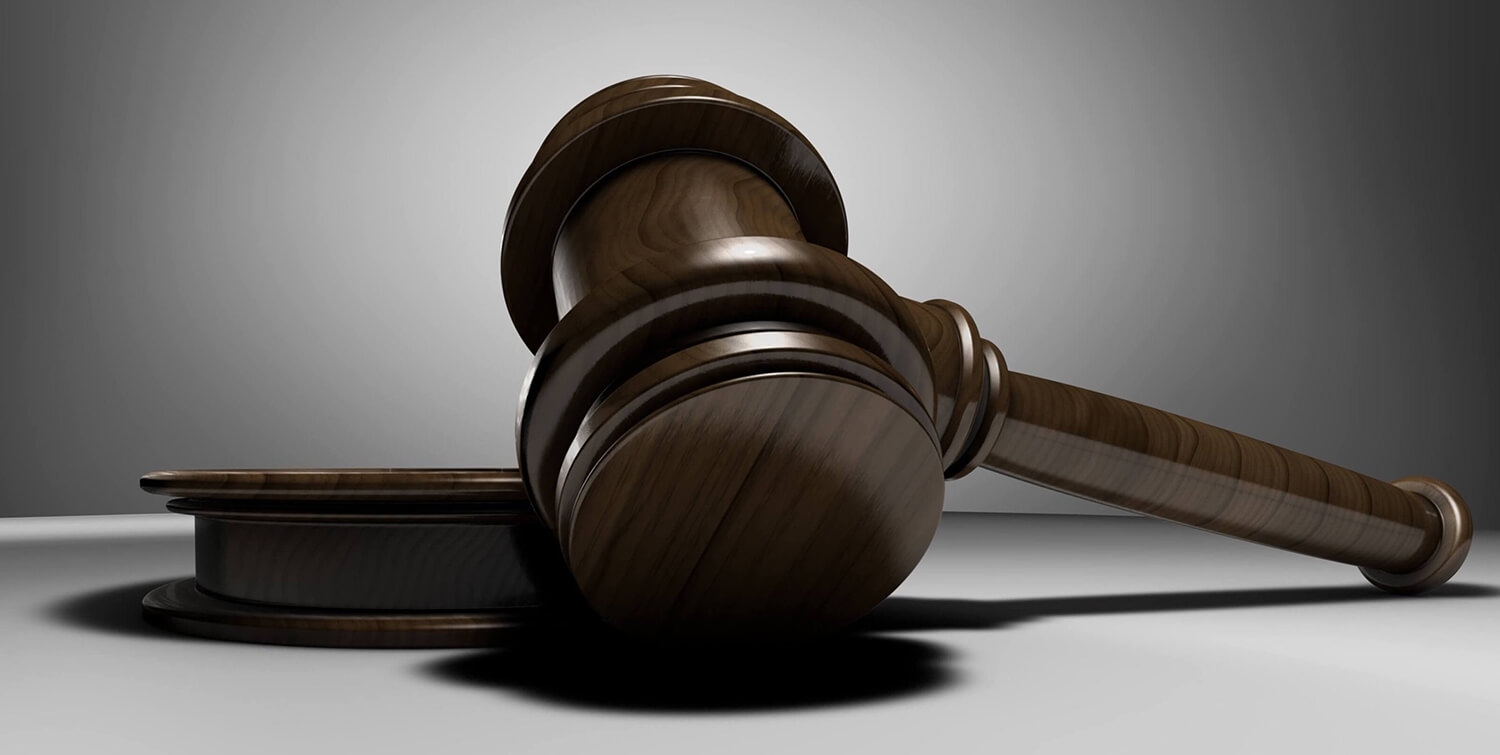
Family Courts in India
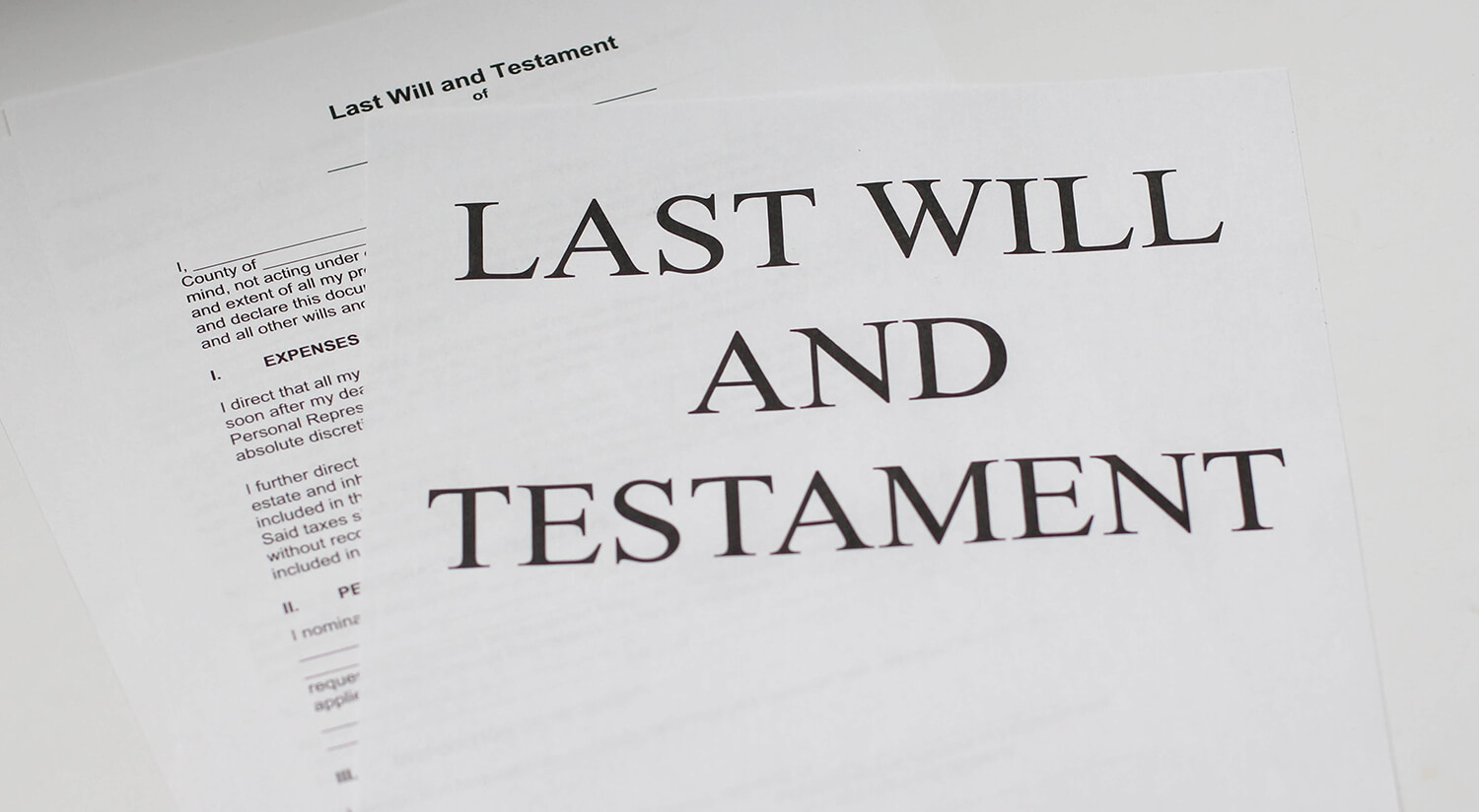
Inheritance Law in India

Rights of Children in India

Virtual Clinic

New Medical Technologies in India

Land Records & Titles

Regulations for firecrackers during Diwali

Legal and Regulatory Regime: Medical Technology

Intellectual Property in Medicine

Consumer Protection Bill, 2019

Artificial Intelligence in healthcare

The Real Estate (Regulation & Development) Act

Warrant and its Types

Joint Custody of Child in India

Limited Liability Partnership (LLP)

Penal Provision on Rash and Negligent Driving
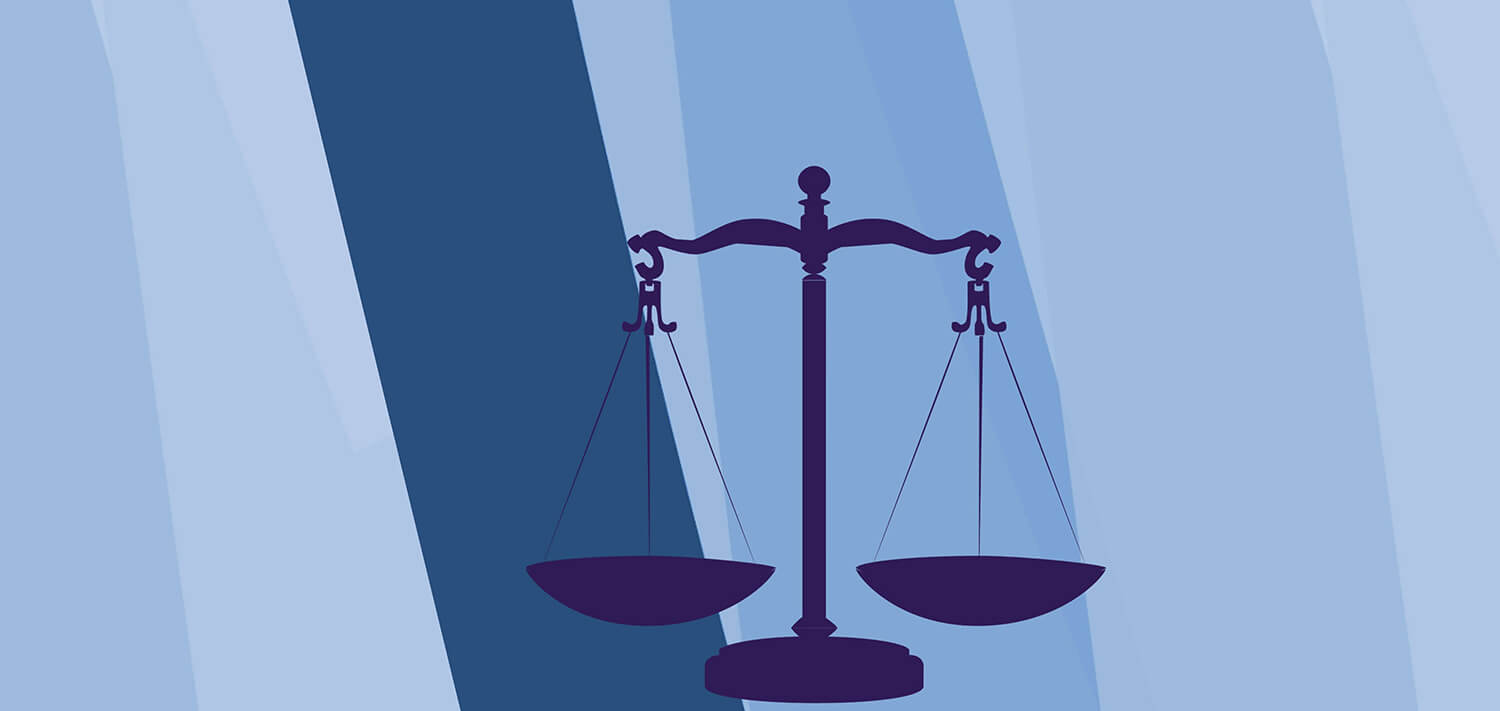
National Company Law Tribunal

Rules to be followed by the Ganpati Mandals

Need to amend CrPC and IPC to increase the conviction rate.

Motor Vehicle Amendment Act, 2019

The Growth of technology Patents in India

Citizenship under the Indian Constitution

Basic Structure of the Indian Constitution

A comparative study of the Indian, UK and the US Constitution

Can the Indian Constitution be Amended?

Overview of the Indian Constitution

All you need to know: Drafting a Legal Notice

Surrogacy (Regulation) Bill, 2019

Overview of The Indian Penal Code

Offences and Prosecution under the Income Tax Act, 1961

The abolishment of Article 370 of the Constitution: One Nation One Flag

Intervention of SC in the Unnao Rape Case

Case of abandoned NRI brides, Supreme Court issues notice to the State

Financial Risk Management
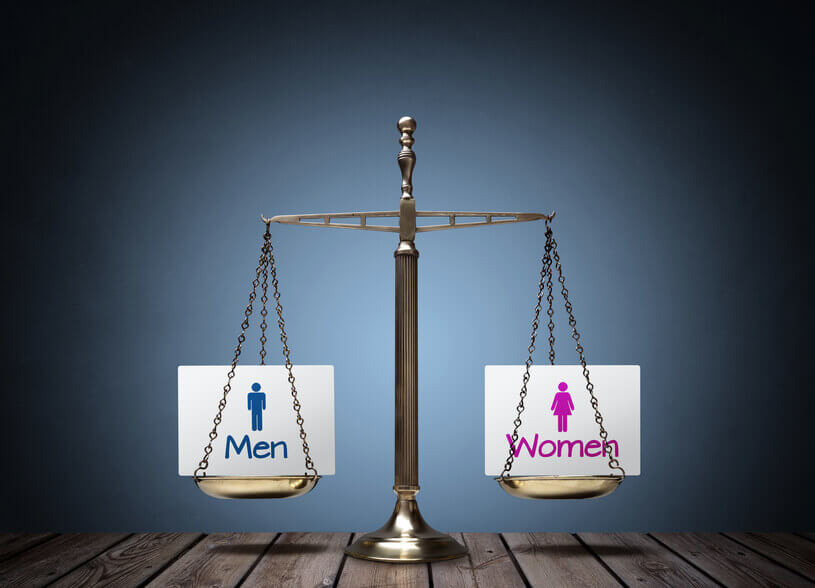
Know more about Equal Remuneration Act, 1976

Procedure to File Complain against Domestic Violence

The IndiGo Promotors Feud
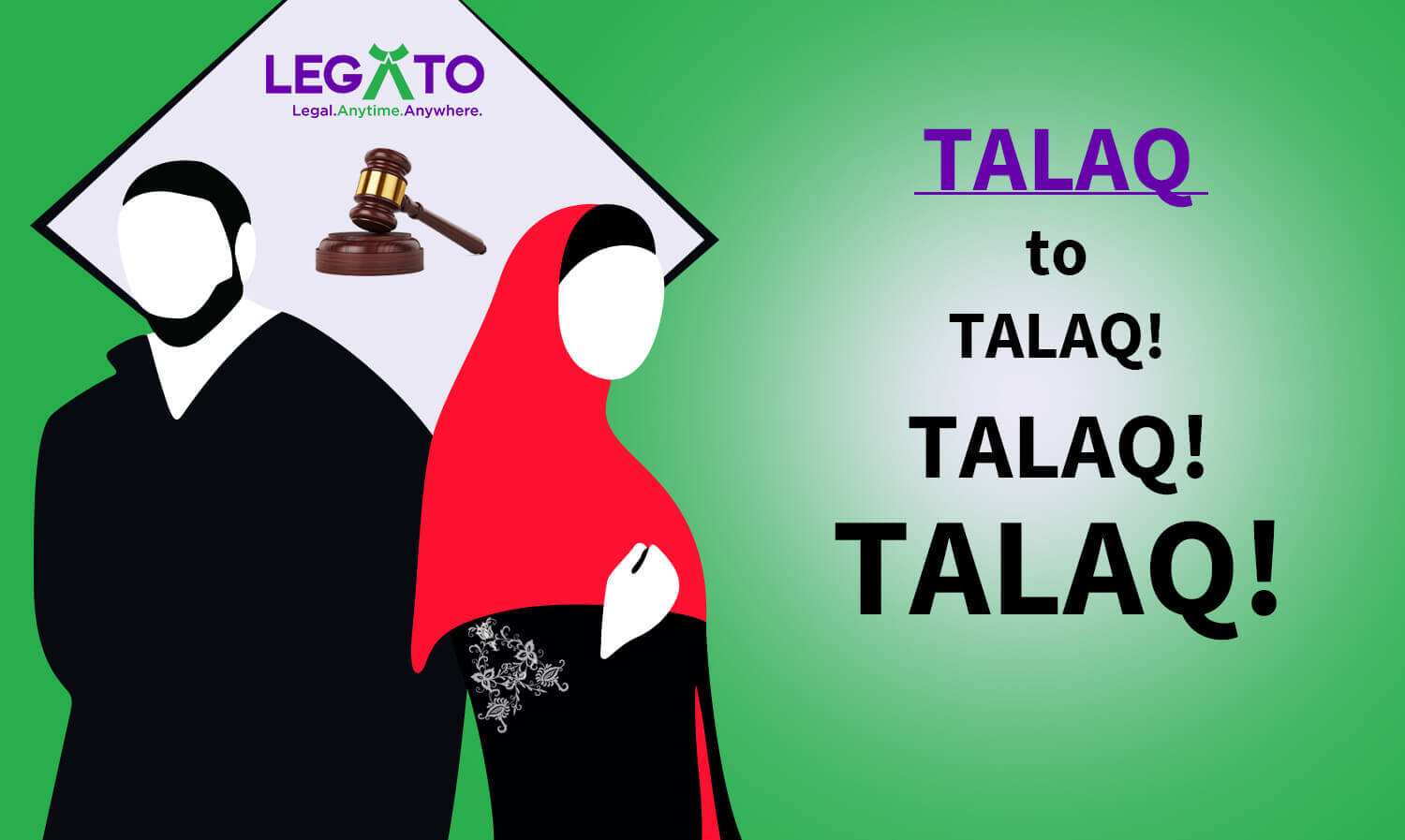
Rajya Sabha passes the Triple Talaq Bill

Gift Deed

More about Contested Divorce

Things to be kept in mind - Dishonor of Cheque

Prison Reforms in India

Consumer Protection ACT, 1986

More about Joint Venture

Delay of Condonation

Points to be Noted for Child Custody to Father

Basic information of Companies

Plastic Money and their Advantage & Disadvantages

Motor Accident Claim Tribunal

Guidelines to protect doctors from frivolous and unjust prosecution

Unjust Compensation - A Doctors Perspective

Misdiagnosis: A Medical Negligence?

Exemption of doctors operating in Emergency Rooms

General Types of Medico-Legal Cases (MLC)

Duty of patient to avoid aiding Medical Negligence

Rights of the Patient

Steps to be taken to avoid Medical Negligence

Liability of Medical Negligence under Consumer Protection Act

Laws that affect Medical Professionals in India

Defense against Medical Negligence Cases

Duties of Doctors

Common types of Medical Negligence

Medical Consent for treatment in India

Regulation for E - Pharmacy in India

Types of Consent for Medical Treatment

Guidelines for Autopsy/ Postmortem in India

Guidelines for the prescription of medicines

Procedure to start a Pharmacy Store in India
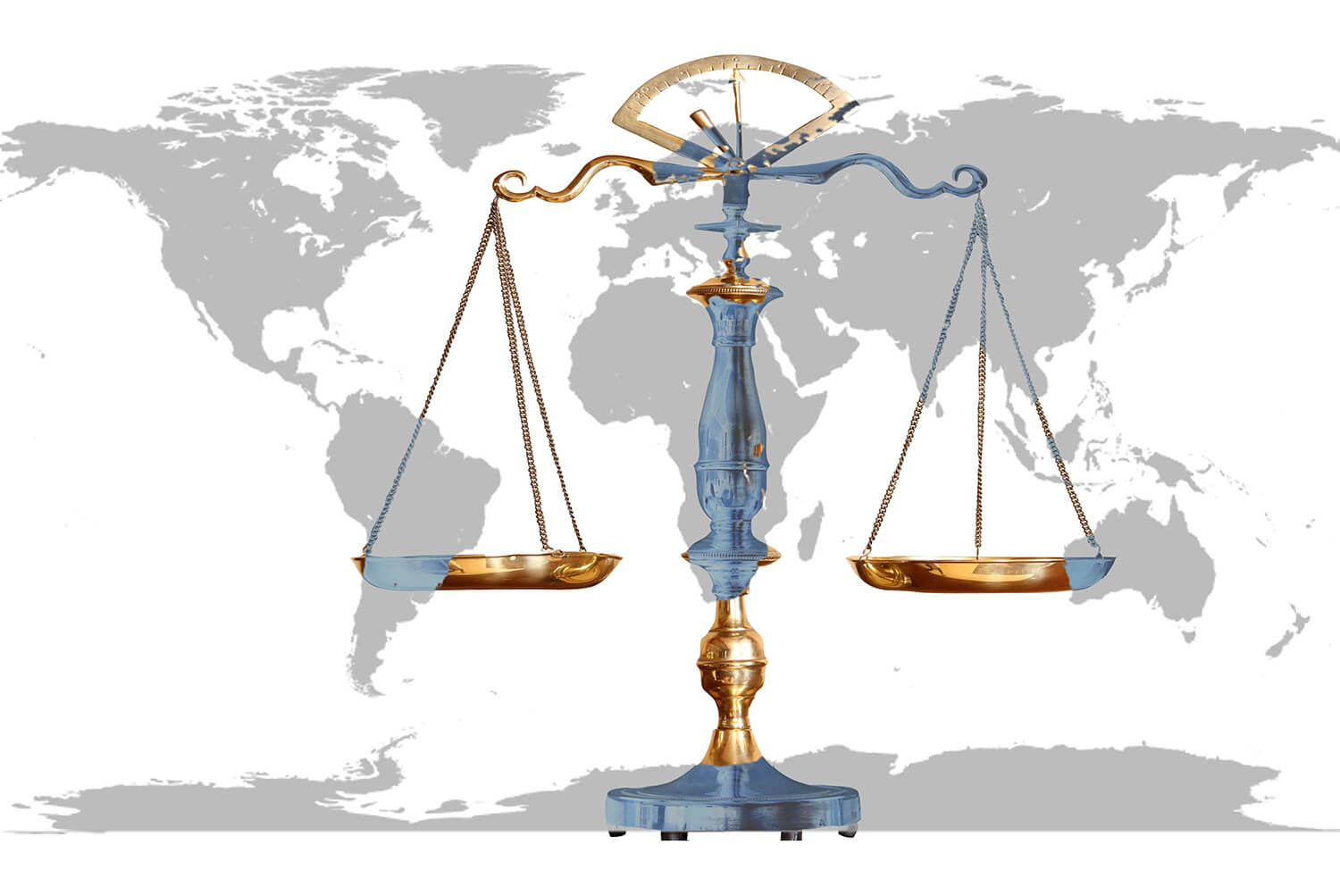
India Vs Pakistan: Kulbhushan Jadhav's Case

Contempt of Court
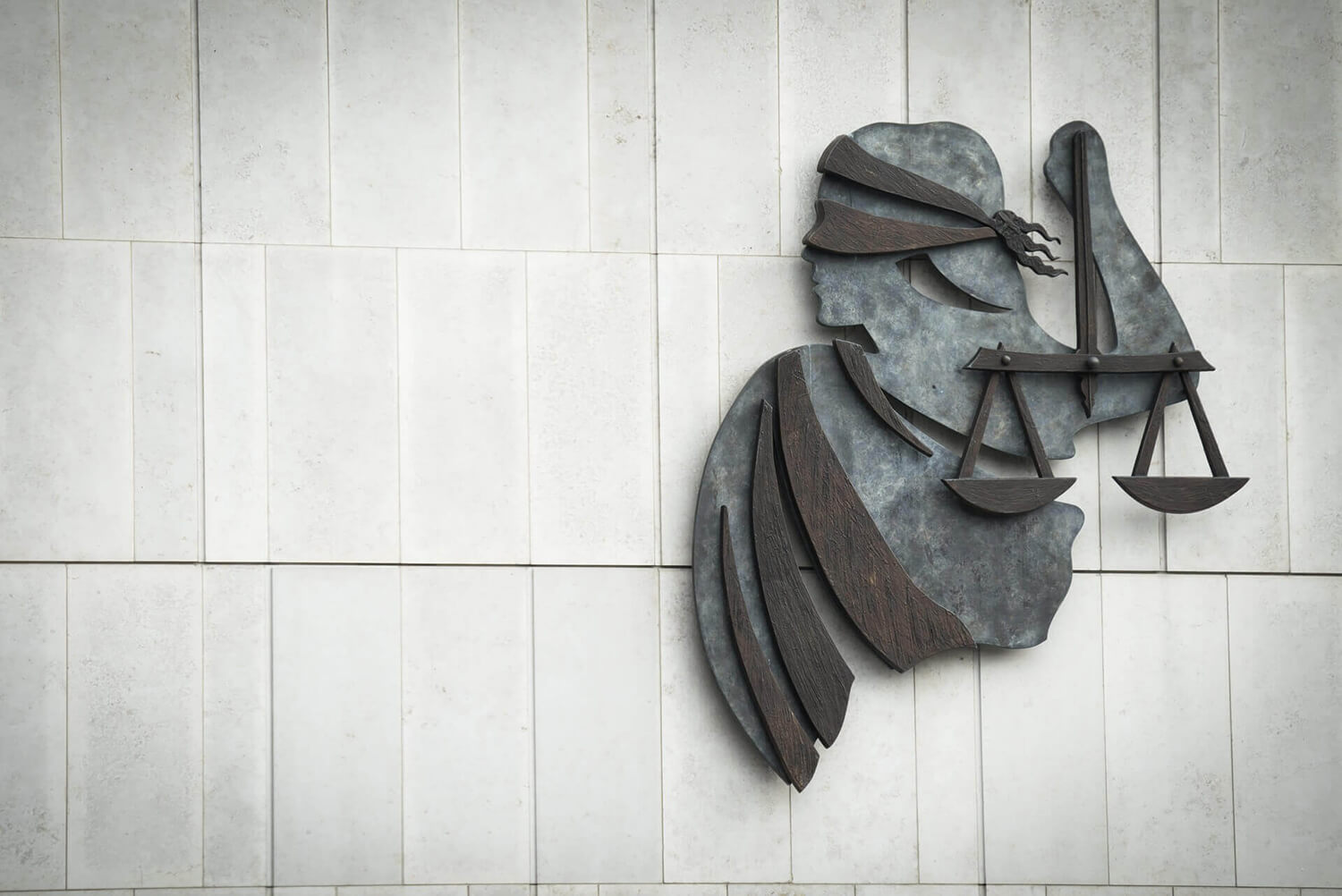
Juvenile Justice Act, 2000

Bankruptcy & Insolvency in India

The Maternity Benefit Act, 1961

Guardian and Ward Act In India

Medical Negligence in India

Procedure to be followed in Civil Recovery Proceedings

Rights of Consumers

Mandatory Registration of Documents and procedure

Rafale Deal And All About The Controversy

It is a deemed general rule that the plaintiff is the main aggrieved party and thus is provided many opportunities to plead for his grievances suffered before the Court, but there were no such remedies available for the defendant in earlier periods. But because of the change in the course of the judicial system, the advent of the concept of “equity” has given the defendant an opportunity to file his claim too before the Court.
The civil remedy for recovering money is under Order 37 of the Civil Procedure Code, 1908 that allows a creditor to file a summary suit. The summary suits are disposed of faster compared to normal suits. The defendant will be given ten days to make an appearance once the suit is instituted and the summons is issued, failing to which the Court assumes that the plaintiff’s allegations are true and further awards the plaintiff accordingly. When the defendant makes an appearance, the Court will accept his defence only if it is convinced that it is a substantial case in question.
The concept of Set-off, Payment, Adjustment and Counterclaim has not been developed overnight. These concepts have been developed with the help of Judicial Interpretations. A plaint is filed by the plaintiff, and in the same way, the defendant is required to file a written statement, that is, a response to the content in the plaint. A written statement is a response to the plaint, and such a response is required to be sent within thirty days from the date of filing of the plaint. There are four defences used to take a defendant in a suit for money which is discussed further in the article.
The Four Defences
1. Set-Off
Set-off is a reciprocal claim made by the defendant and can only be used under the suit for the recovery of money. It is defined in Order VIII Rule 6 of CPC, and it states that such written statement along with a set-off should be taken by the Court as much as plaint as it also has a subject matter in dispute. In Set-off, the suit which is filed must be for the recovery of money. The defendant should claim only the money that he has already lent to the plaintiff. The ascertained amount should be legally recoverable by the defendant from the plaintiff or plaintiffs if there are many and vice-versa. It should be filed only in the Court, which has financial jurisdiction.
2. Payment
Payment is connected to a period before the date of the plea being set out before the Court. In the payment’s Act, one party deals with the other. It is the satisfaction of a claim made by or on behalf of an individual against whom the claim is made. The person paying has the obligation in respect of which the claim arises, which therefore becomes extinguished. When there has been a payment, the party against whom the claim is made pleads payment or accord and satisfaction, which in effect alleges that the claim no longer exists. The payment is always made to the creditor and not the debtor.
In the State of M.P vs Raja Balbhadra Singh, AIR 1964 MP 231 [cited in Codex Exports Ltd. Vs. Canara Bank, AIR 1997 Delhi 355], it was observed that “Where two persons have certain accounts and monies are payable by each to the other, they are both entitled to mutual adjustments of the monies provided they are due and recoverable. The distinction between payment and adjustment is that payment is made to the creditor while the adjustment is made by the debtor himself. Although it is not called `payment’ in common parlance yet, it undoubtedly partakes the character of payment. At all events, it cannot be called a claim for set-off, nor can it be said to be a counter-claim.”
3. Counter-Claim
Counter-claim is defined under Order VIII Rules 6-A to 6-G of the CPC, 1908. It is also a cross-claim but not really comes out of the same cause of action contained in the plaint, which is independent of that of the plaintiff. Counter Claim can be regarding any civil disputes but should accompany a written statement. It can always be filed as subsequent pleading under Rule 9 of the same Order. The objective behind counter-claim was to avoid multiplicity of proceedings and thereby save a lot of the Court’s valuable time. For instance, X files a suit against Y, and Y also wants to file a suit against X for a completely different subject matter. Instead of filing a separate suit, Y makes a counter-claim against X. In this situation, much of the Court’s time is being saved since the counter-claim proceedings are carried on by the original suit proceedings.
In the case of Rajkaran vs Ramraj & Ors., the Hon’ble High Court of Allahabad held that the counter-claim cannot be allowed to be set up once cause of action wholly or in partly accrues before the time limited for delivering defence is expired or after the defendant has delivered his defence. Thus, the part of the cause of action accrued after filing of written statement counter-claim cannot be set off.
The defendant can also file the counter-claim against the plaintiff. In some cases, he can even claim from co-defendants along with the plaintiffs. But the Courts do not entertain matters where a counter-claim has to solely claim from the co-defendants.
5. Adjustment
Where two persons have some accounts and monies payable by each, they are both entitled to mutual adjustments of the monies only if they are due and recoverable. The debtor makes the adjustment. In adjustment, it is the party himself before filing the written statement though the advantage of both is claimed by raising a plea in the written statement. For adjustment, there is no limitation period.
Lien
A lien is a legal right on the assets that are used as collateral to satisfy a debt. Lien can be established by either a creditor or a legal judgement. It serves to guarantee an underlying obligation like the repayment of a loan. If this underlying obligation is not satisfied, the creditor may seize the asset which is the subject of the lien. There are several types of liens that are used to secure assets.
Liens can be either voluntary or consensual, such as a lien on a property for a loan. However, in the involuntary or statutory liens, a creditor seeks legal action for non-payment, and as a result, the lien is placed on assets, including his property and bank accounts.
There are some liens that are filed with the government to make the public aware that the lienholder has an interest in the assets or property. The public record of the lien informs anyone who is interested in purchasing the asset or collateral, that the lien is required to be released before the assets can be sold.
In Thankappan. V.K. vs Uthiliyoda Muthukoya (7th April 2011), the issue dealt here was whether the Syndicate Bank could make use of its general lien and balance the amount due to the respondent under a cheque, for an amount which was owed to the Bank from the respondent and for which the suit filed by the Bank was dismissed as time-barred.
It was held that the Bank has a general lien over the securities which come to its hands. To put the banker's lien, it is not mandatory that the debt in respect of which and for the recuperation of which the lien is used should be one which is not barred by limitation. Bar of limitation for understanding a debt does not demolish the creditor's right to the debt. It only extinguishes the remedy. The law of limitation only prohibits the remedy, and it does not grant any right except in the contingencies as stated in Section 27 of the Limitation Act. The non-existence of rights is due to the vesting of rights on the opposite party. In the matter of debt barred by lapse of time, the right of the creditor to recuperate the debt is not levied to or conferred upon the debtor. It becomes dormant and unenforceable in a court of law. That does not say that debt is destroyed and that the creditor is not entitled, under any situation, to claim or recover it in any manner whatsoever. The utilisation of a banker's lien is one way by which even a barred debt can be recuperated by balancing from the sum of the debtor, which eventually comes to the hands of the Bank. By dismissing the suit as barred by limitation, the Court stated that the Bank was not entitled to recuperate the amount by filing a suit. Dismissal of the suit on the basis of limitation does not signify that the debt is destroyed.
Comparisons
Lien is a legal claim or a charge on real or personal property to satisfy some debt or duty. It is a claim on property as security to make sure someone repays money they’ve borrowed. A lien gives the creditor a legal right to seize and sell a borrower's collateral property or asset which fails to fulfil a loan or contract obligations. The owner cannot sell the property that is the subject of a lien without the permission of the lien holder, while an adjustment is an act of the party himself prior to the filing of the written statement, though the benefit of both is claimed by raising a plea in the written statement. An adjustment contemplates the existence of mutual demands between the same parties in the same capacity.
A defendant can set up a counter-claim against a plaintiff for a cause of action that may accrue either before or after the filing of the suit, provided that such claim is not barred by limitation. Such a counter-claim has the effect of a cross-suit, and the Court can pronounce the final judgement both on the original claim as well as the counter-claim. The counter-claim of the defendant will be treated as a plaint, and the plaintiff has the right to file a written statement as an answer to the counter-claim of the defendant.
In Rohit Singh v. the State of Bihar, it was held that counter-claim could not be raised after the issues were framed and evidence is closed, and counter-claim directed solely against the co-defendants cannot be maintained. Here a counter-claim was filed claiming damages for wrongful detention of goods by locking the room in her possession for 5 years. Defendant filing the counter-claim had the knowledge of the detention of goods from the first day. Thus, it was held that counter-claim would be barred, even if not Article 91, but the residuary article of the Limitation Act is applied.
If limitation is pleaded in defence of set-off, to establish the plea, the plaintiff will have to prove that set-off was barred when the plaintiff commenced the action. But in the case of a counter-claim, it is enough for the plaintiff to prove that the counter-claim was barred when it was pleaded. But this law of limitation does not apply to the defence of adjustment.
A legal set-off requires a Court-fee since it is a claim that can be established by a separate suit where a Court-fee will have to be paid. But, in an equitable set-off, no such fee is required for an amount that may be equitably deducted from the claim of the plaintiff where the Court-fee has been paid on the gross amount. In case of the defence of adjustment, there is no requirement of a court-fee. By adjustment, set-off either reduces or wipes out the plaintiff’s claim in a suit for recovery of money.
Court Precedents
The Bombay Dyeing &Manufacturing Vs The State Of Bombay And Others on 20 December 1957
The Bombay Labour Welfare Fund Act of 1953 was enacted by the State Legislature with the objective to constitute a fund for the finance of activities for the welfare of labour. Section 3(1) of the Act provided:- "A fund shall be established (Bombay Labour Welfare Fund) for the time being in force, and notwithstanding anything contained in any other law the sums specified in subsection (2) shall be paid into the Fund." Section 3(2) provided, inter alia, as follows "The Fund shall consist of:- (a) all the fines realised from the employees; (b) all the unpaid accumulation." The notices were served on the Appellant's company and even on other companies situated similarly by the Welfare Commissioner, appointed under the Act, calling them to remit to him all the fines as well as unpaid accumulations in their custody. Here, the Appellant questioned the validity of the Act on the ground that it contravened Article 31(2) under the Constitution of India and, thereafter, filed a Writ petition, out of which the present appeal has arisen, which was treated by consent of parties as a test case. The Judges of the Division Bench heard the matter filed and held that the impugned Act was intra vires though on different grounds and dismissed the petition. The major point for determination in the appeal was whether section 3(I) and sub-clause (a) and (b) of Section 3(2) of the Act were void as being violative of Article 31(2) Of the Constitution.
Thus, it was held that the unpaid accumulation of wages with the appellant company was its own property and Section 3(1) of the impugned Act directs the payment of its tinder and 3(2)(b) of the Act contravenes Article 31(2) of the Constitution and must be invalid. Article 31(2A) of the Constitution of India will have no retrospective effect and cannot be applied.
Punjab National Bank and Ors Vs Surendra Prasad Sinha on 20th April 1992
The Appellant gave a loan of Rs. 15,000 to the respondent and his wife on May 5, 1984, and a sum of Rs. 24,000 was provided to the Bank to be deposited in FD, which would mature on Nov 1, 1988. This FD acted as a security bond for the respondents. The security bond had the clause to appropriate and adjust from the proceeds of the FD at any time if the respondent failed to pay back the debt as promised. The bond also said that the respondent gave the full authority to the Bank to adjust the debt and dues and credit, which remains in his personal savings account. The respondents couldn’t pay back the debt, and hence the Bank adjusted the debt and outstanding dues of Rs. 27,037.40 from the matured FD and credited the balance of Rs. 14250 to the party’s saving account on Jan 14, 1989, as per the contract signed.
The question here was did the Bank create a criminal offence under section 409, 109, 114 of the IPC by adjusting the debt and the dues from the FD money after the debt got barred by limitation and what’s the scope of section 3 of the limitation act.
The SC stated that the Limitation Act must be read in such a way that its rules don’t destroy the rights but bars on the remedy when the time period is elapsed. Section 3 of the Act does not harm the parties from invoking their rights but prevents only the remedy that was given to them. The right to debt continues to withstand despite the remedy being barred by the law itself. The right given to the party can be exercised in any way and not by way of a suit only. The liability of the respondent still stands even though the remedy no longer exists. Section 3 of the limitation act describes the remedy and not the abolition of the right itself to get back the debt, and so such debt exists unless it is paid. Therefore, to recover this debt, a suit is not needed.
Conclusion
Thus, set-off provisions can be used to recover money in suits related to money, and the counter-claim can be used for civil natured claims. Both the defences need to be filed along with the written statement, and both of them have to be filed against the plaintiff by the defendant. These two concepts are similar, and thus they tend to reduce the burden of following the procedure to file a fresh suit against the plaintiff with respect to their claims.
In D. Konda Pentiah v. Chenchu Rangiah, A.I.R. 1955 Hyderabad 176, it has been held that a plea of adjustment must be distinguished from a plea of set-off. The plea of adjustment or satisfaction premises that the extinction of the plaintiff's claim or satisfaction that took place earlier to the date on which the defence was raised in the suit. The defendant raises a claim of set-off for the first time in the written statement. It was held to the following effect:
A distinction has always been observed by Courts of law between an adjustment and a set-off. The plea of adjustment or satisfaction premises that the extinction of the plaintiff's claim or satisfaction took place before the date on which the defence was raised in the suit. By a claim for set-off, on the other hand, the defendant prays that the plaintiff's dues from the outstanding dues owed by the plaintiff to the defendant. Thus, it is implicit in such a plea that the mutual indebtedness has not been adjusted till that date, and adjustment is sought in the suit itself.
Comment
Share